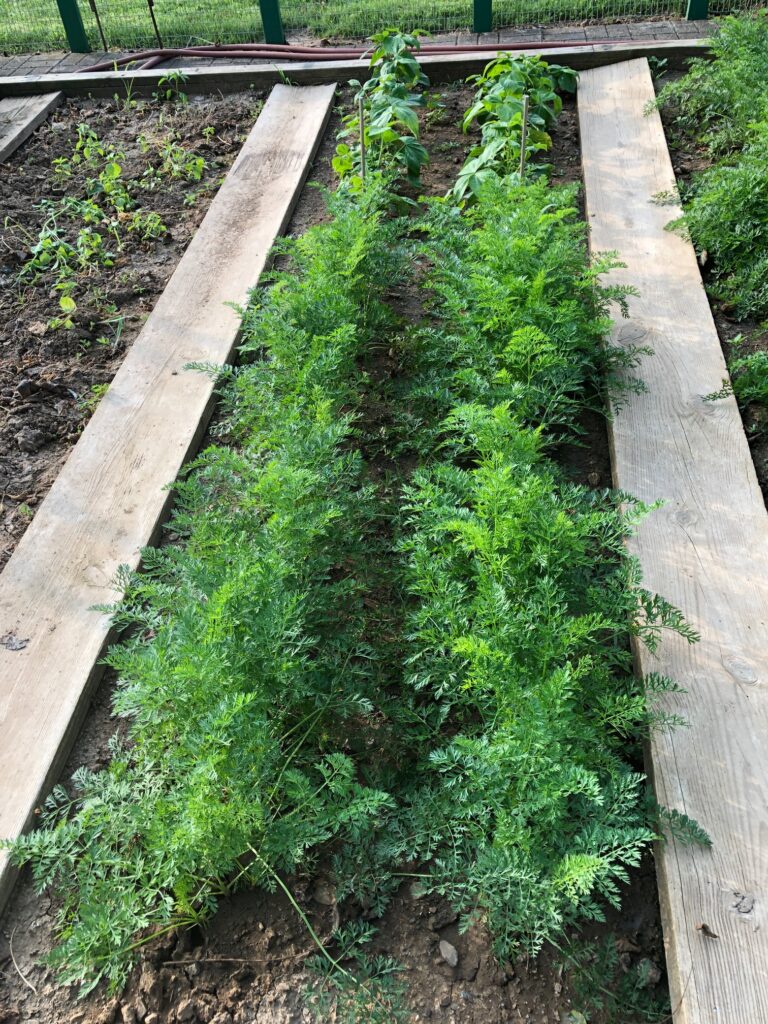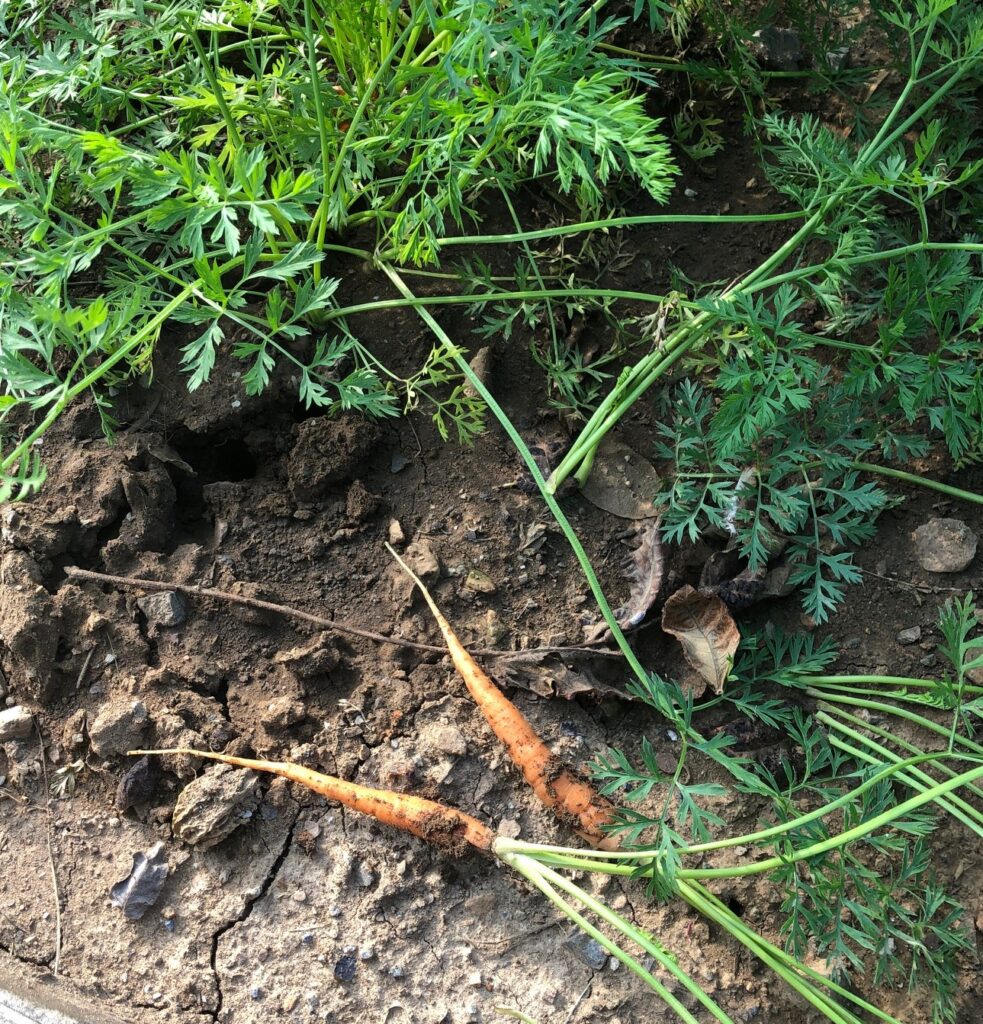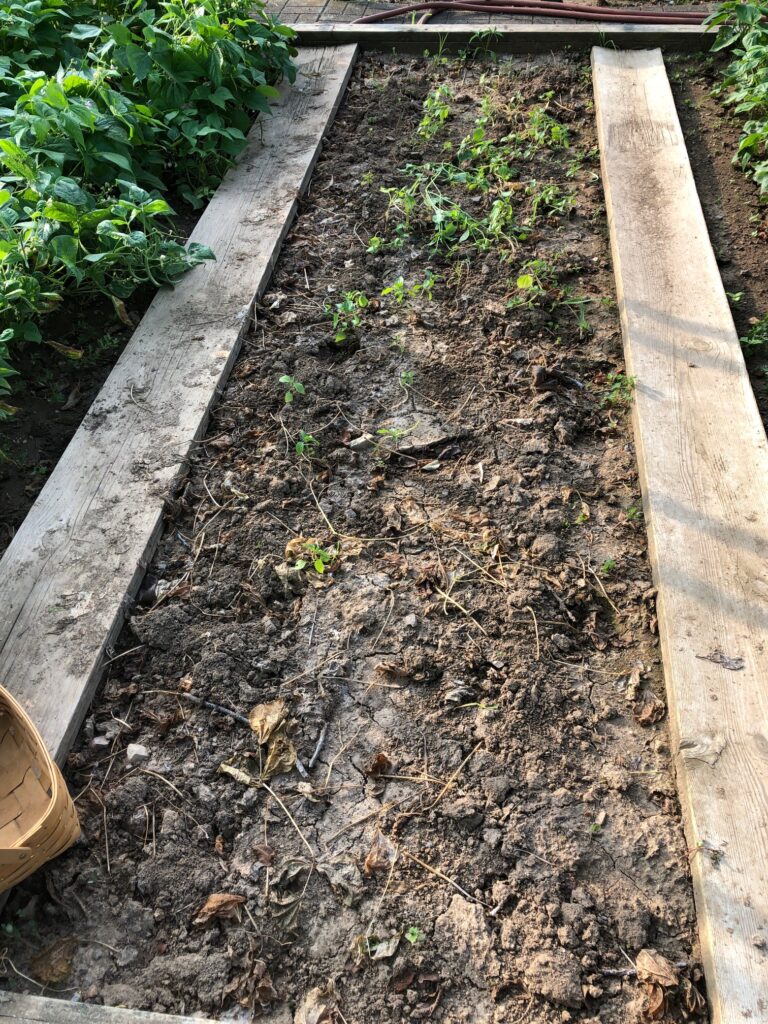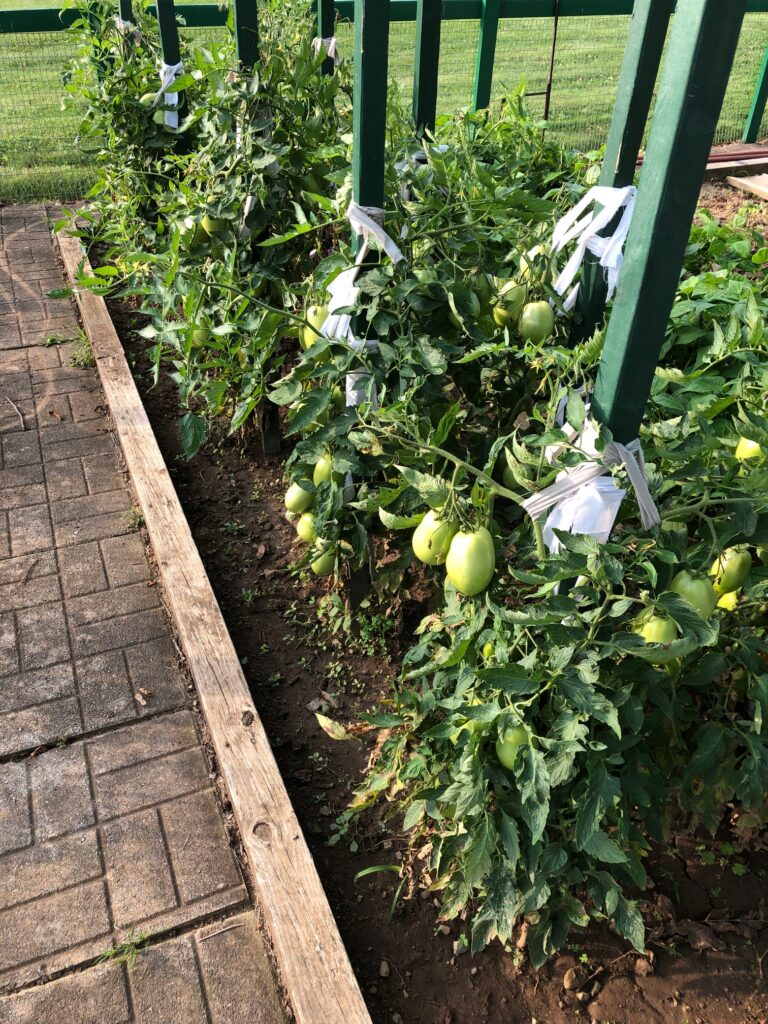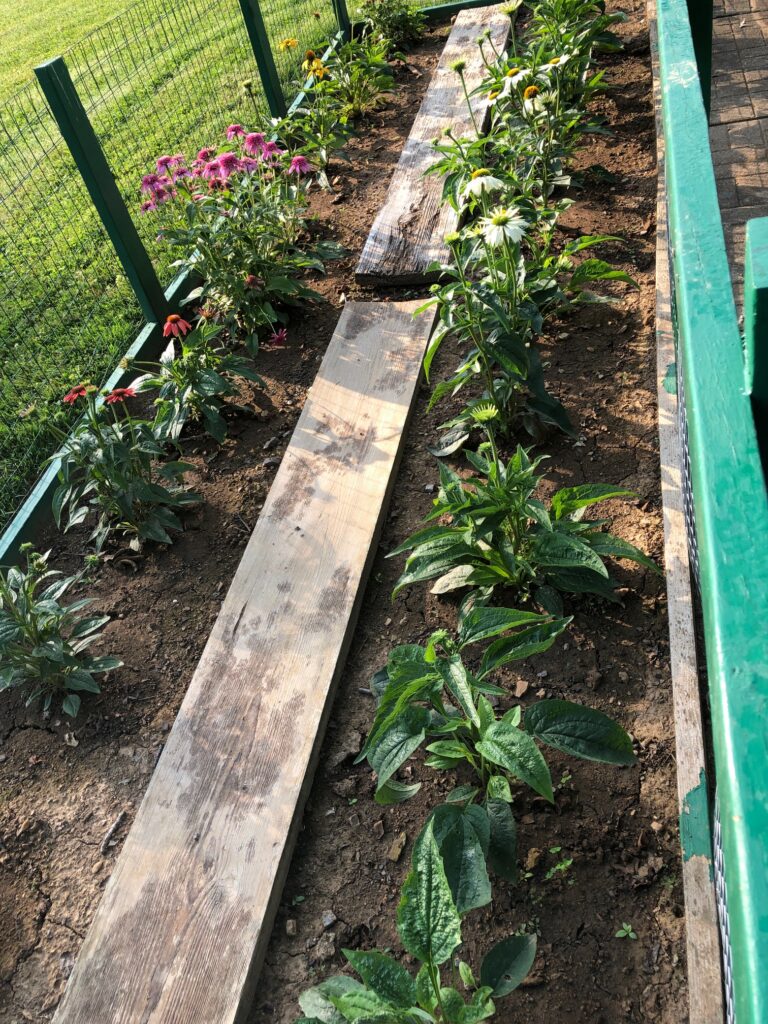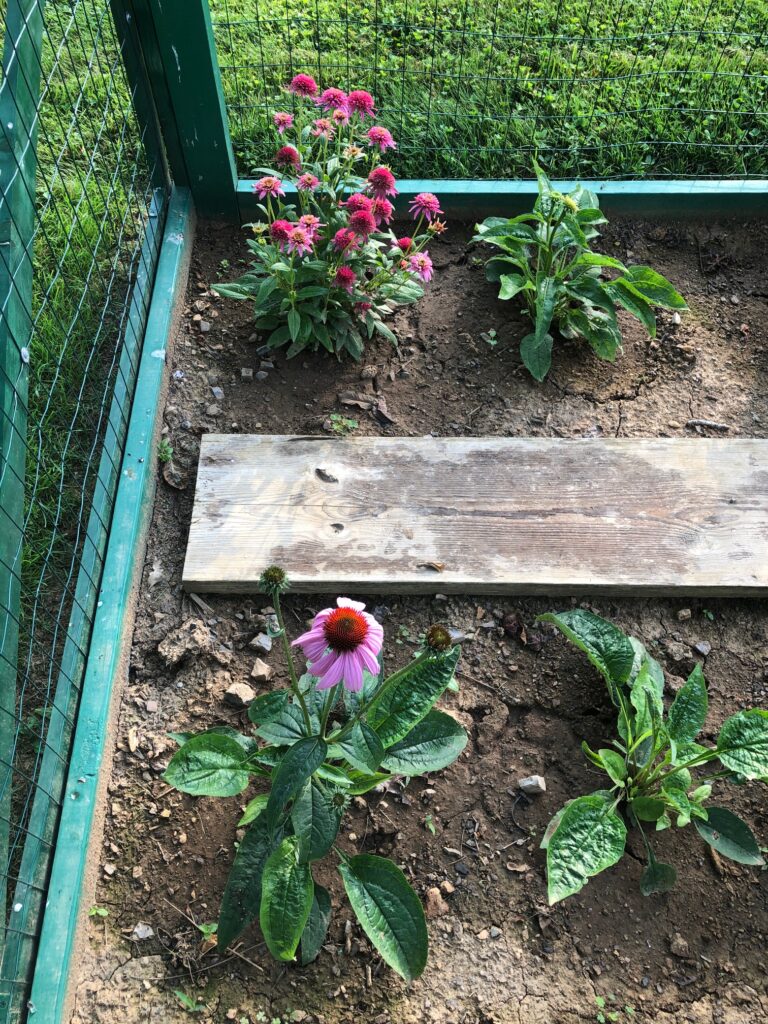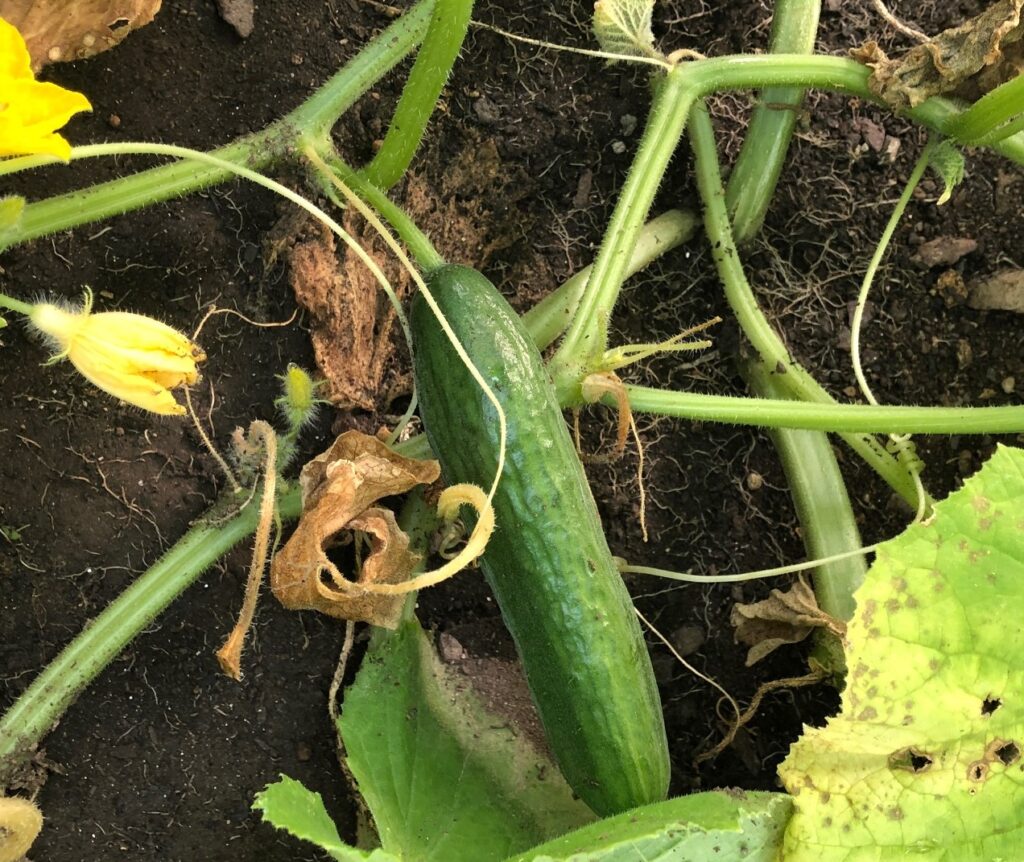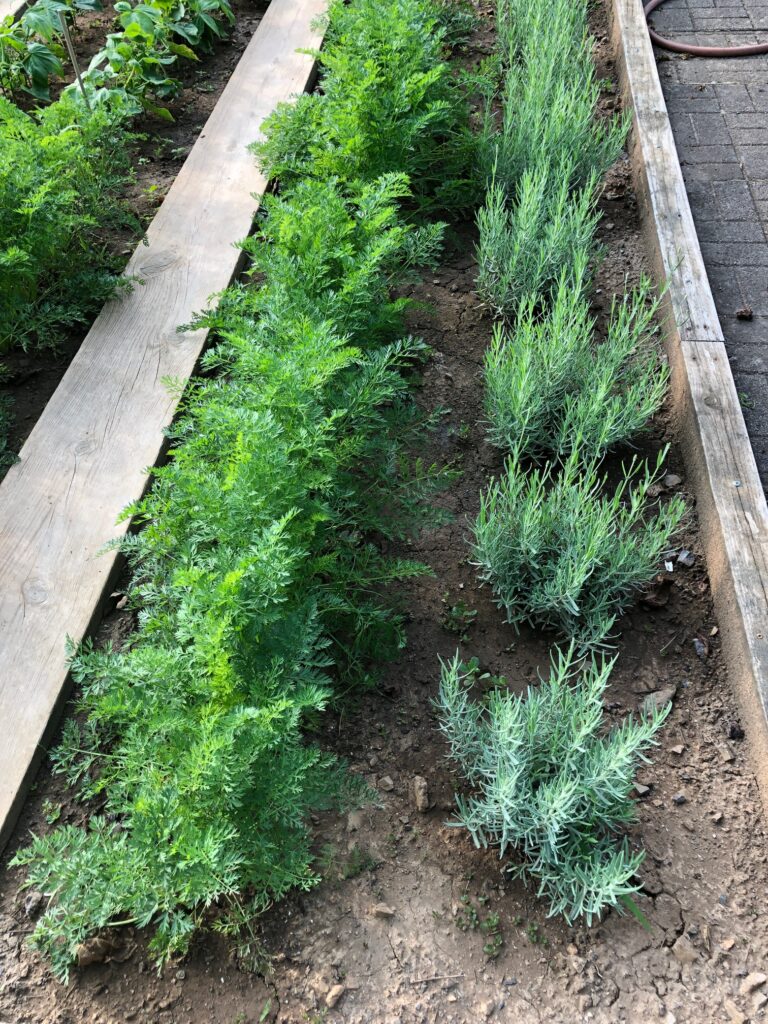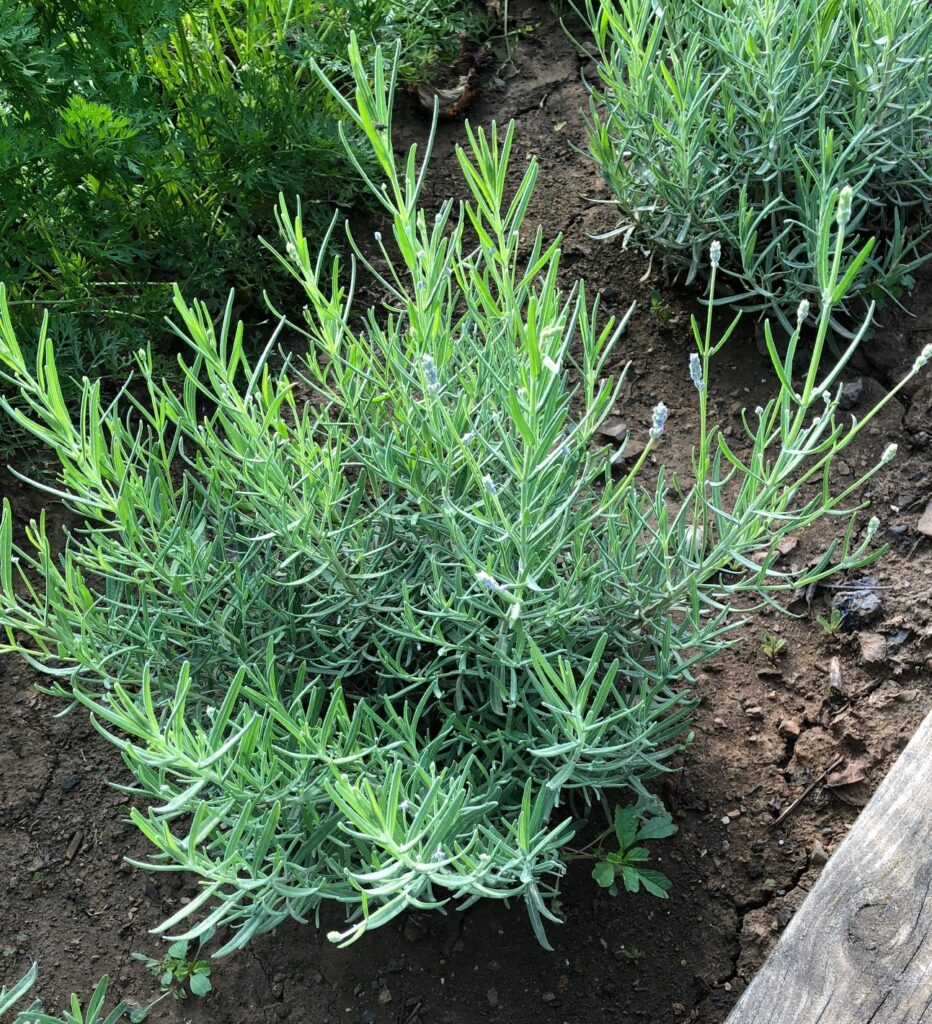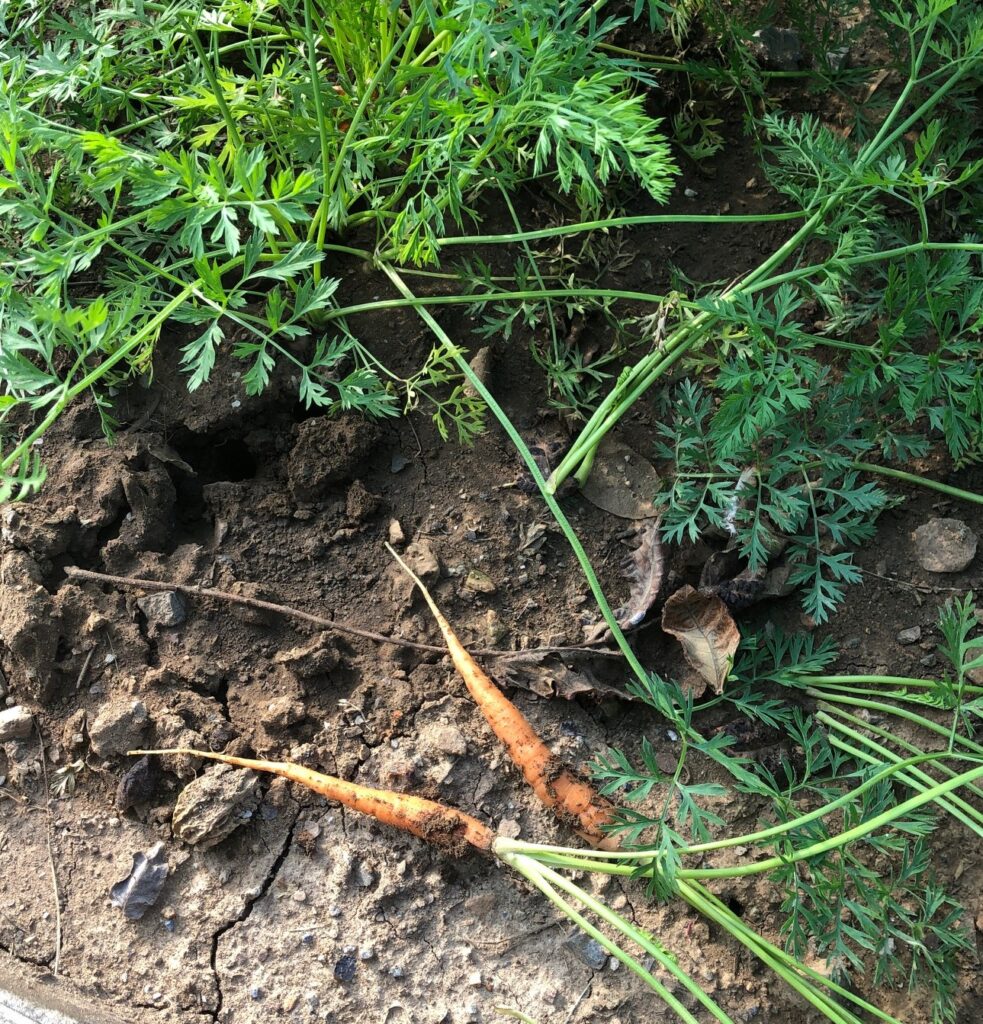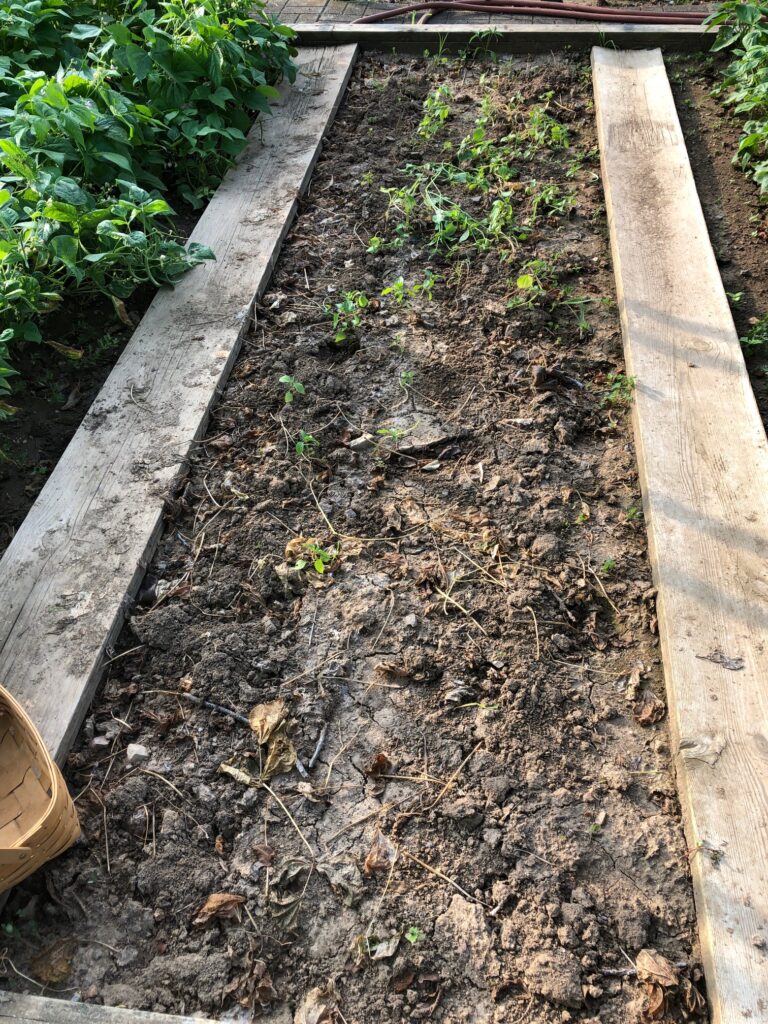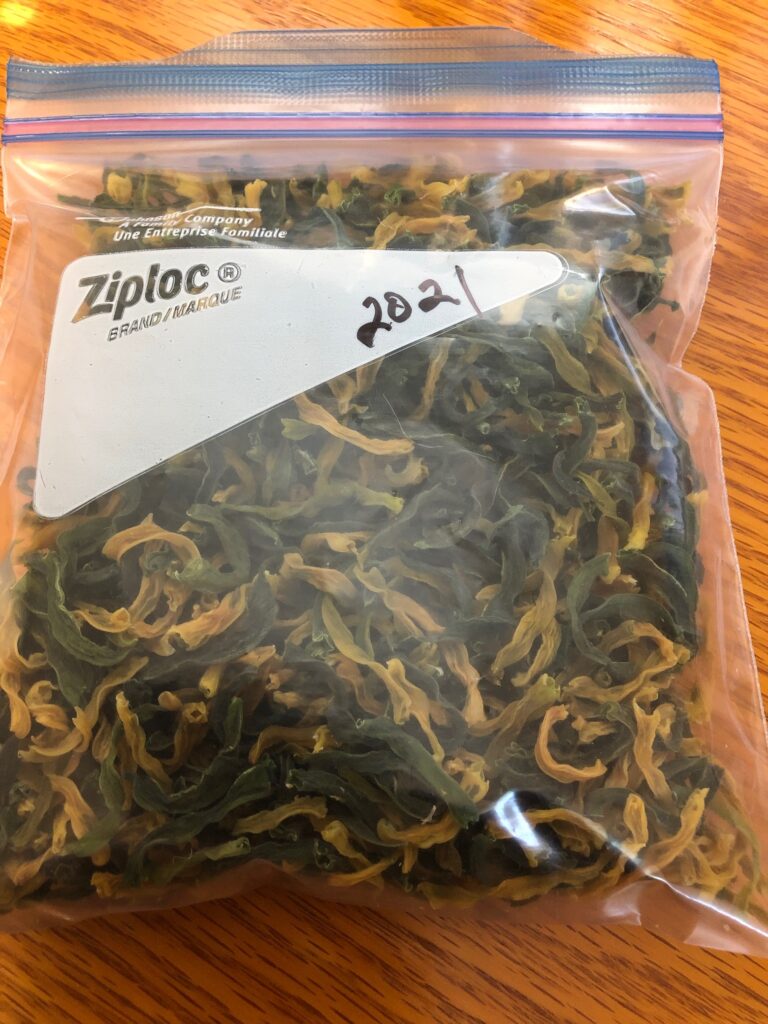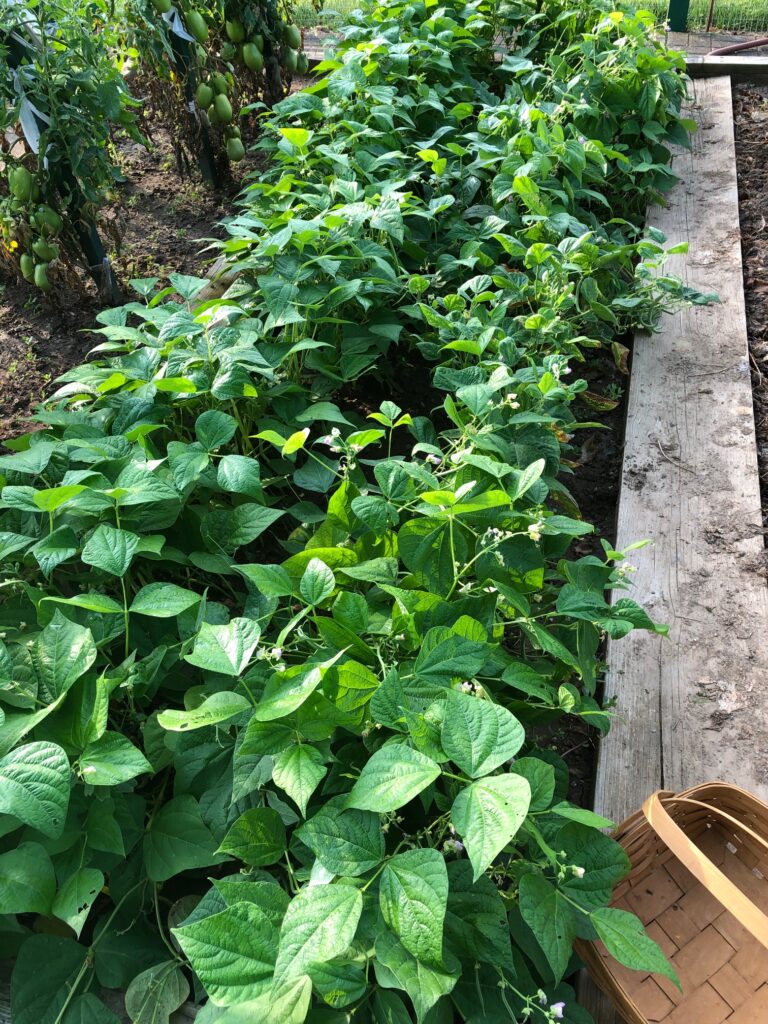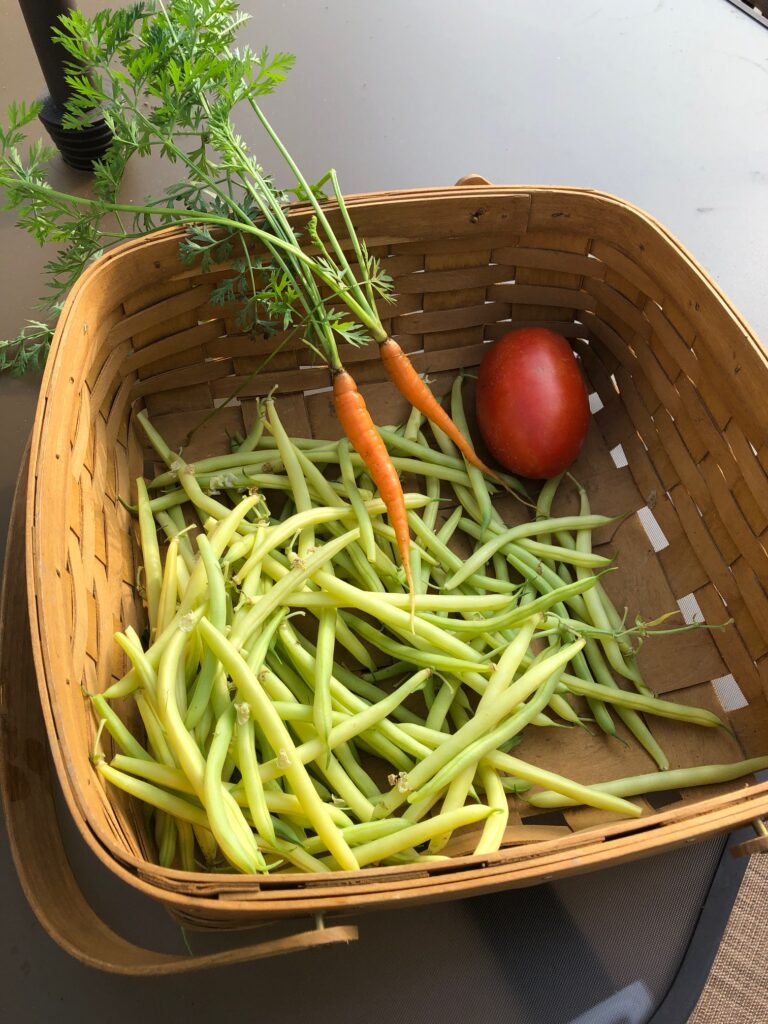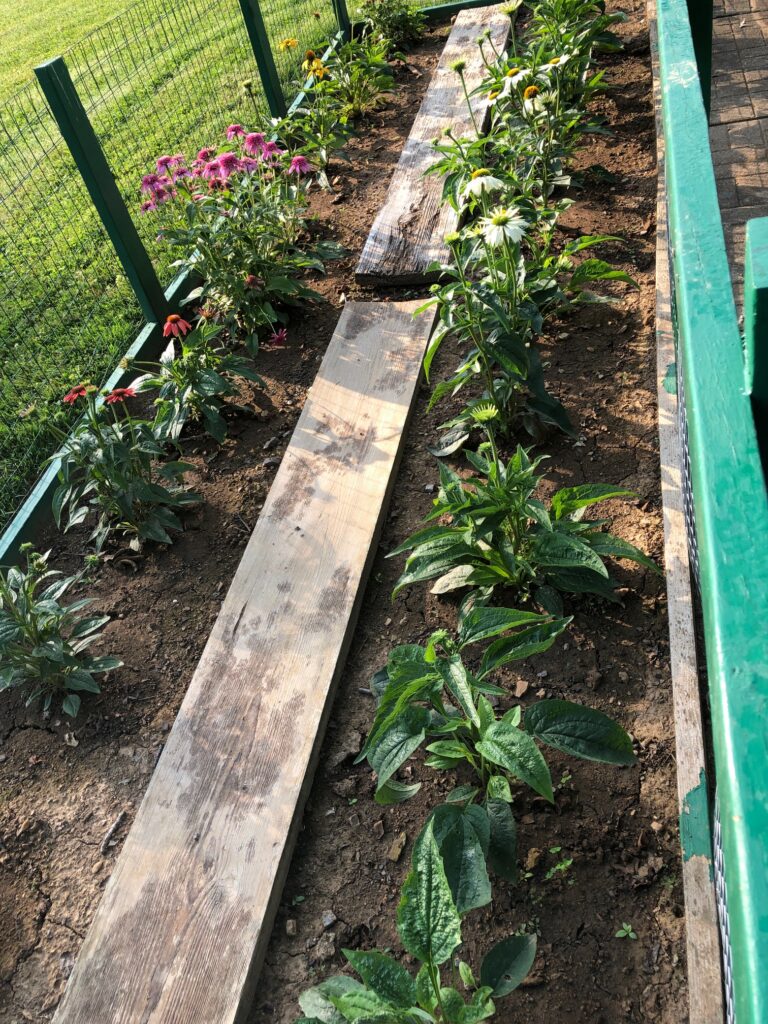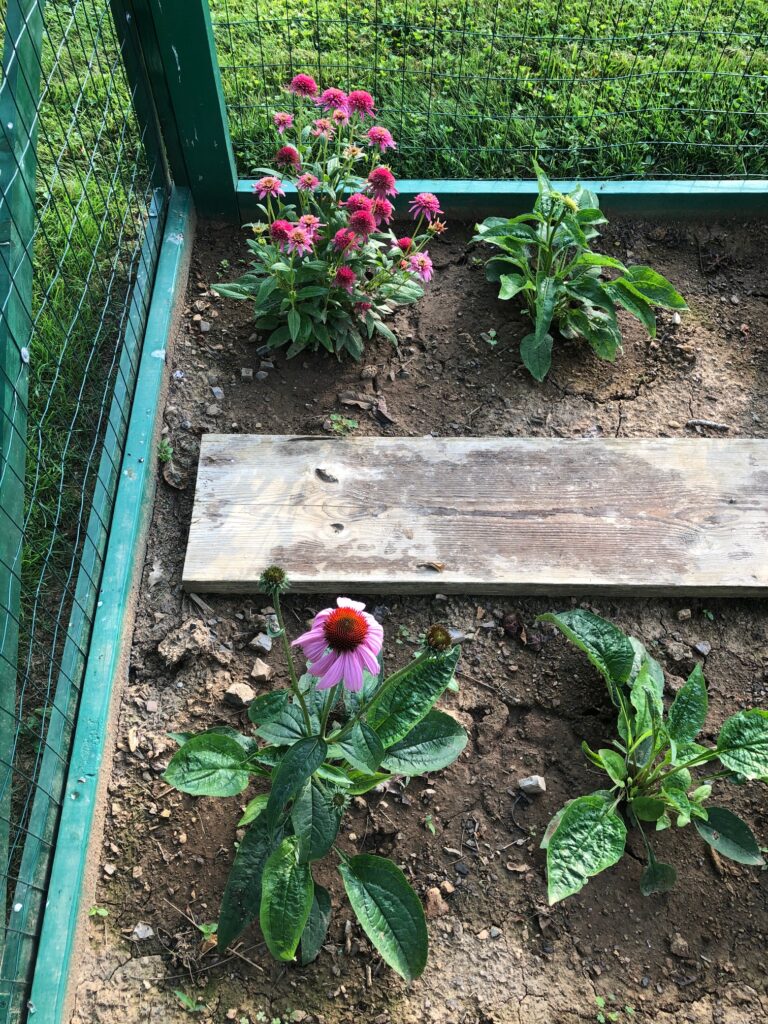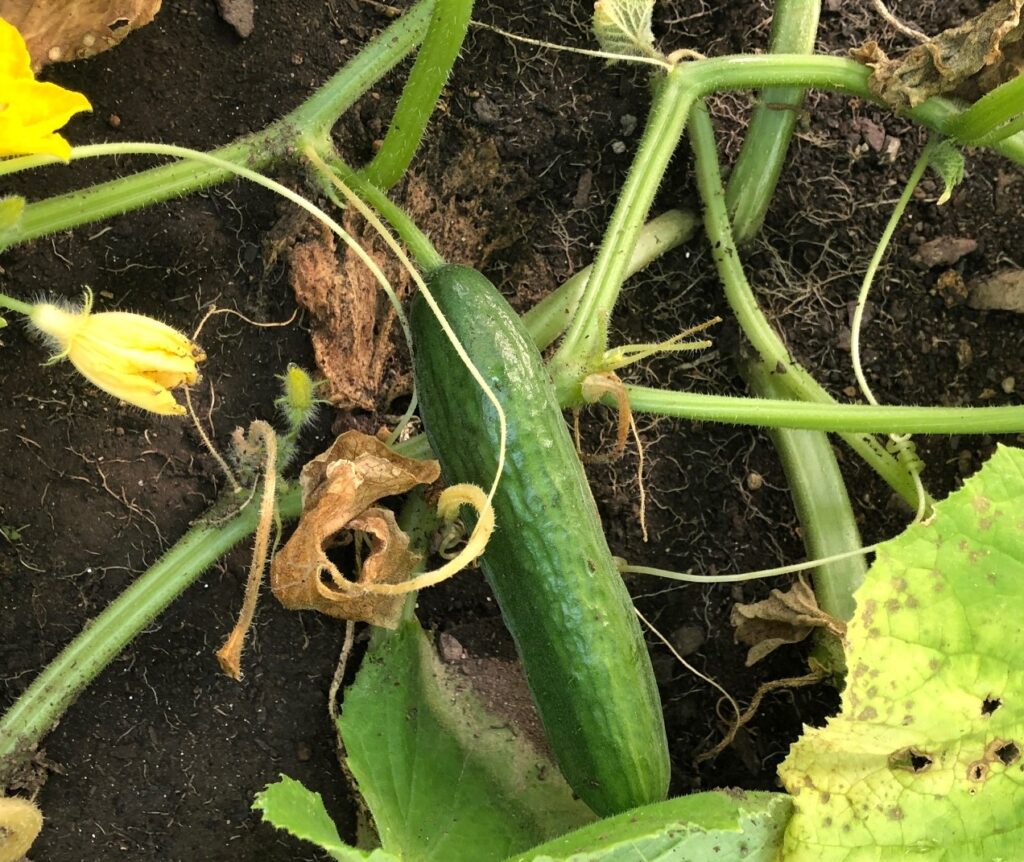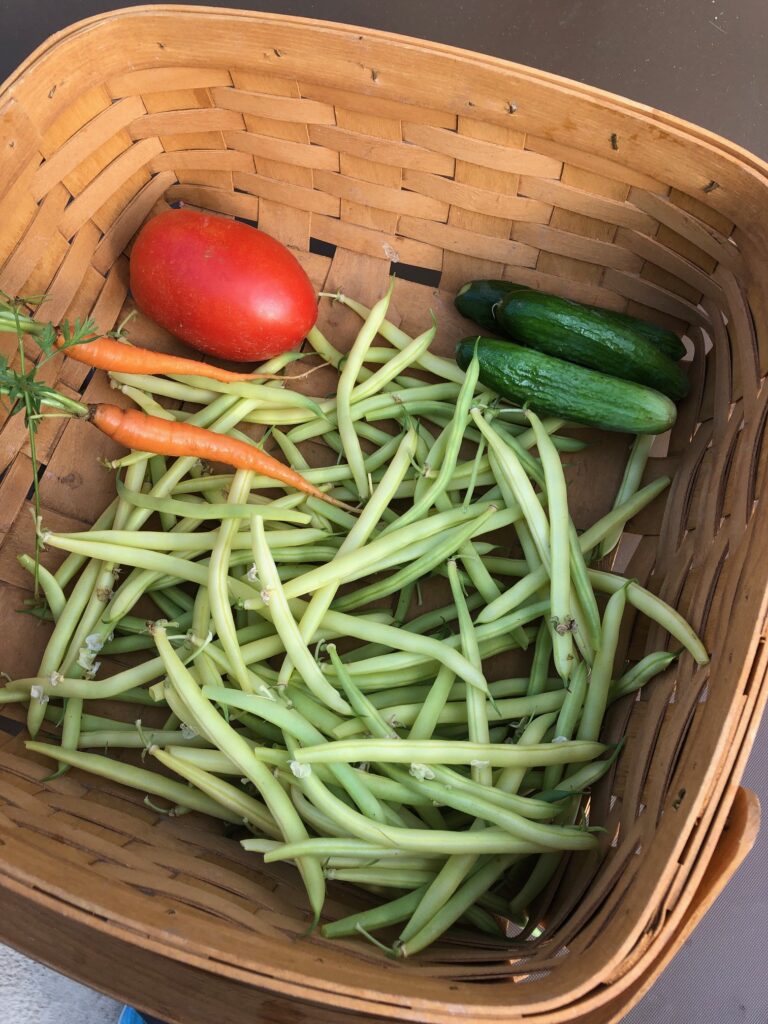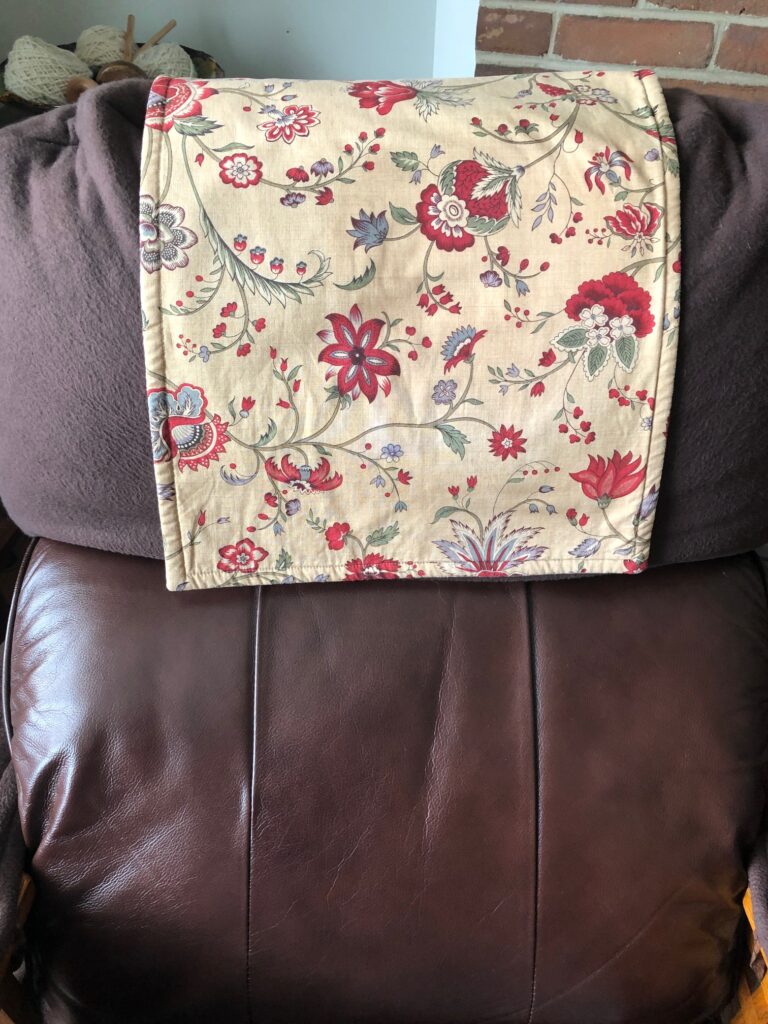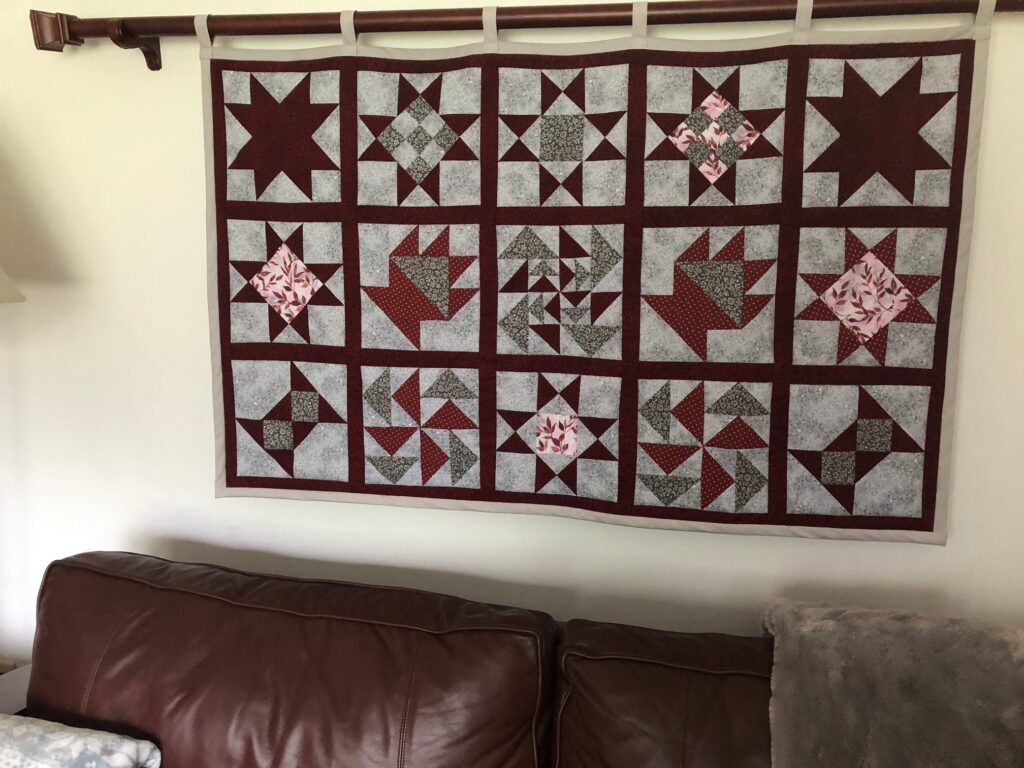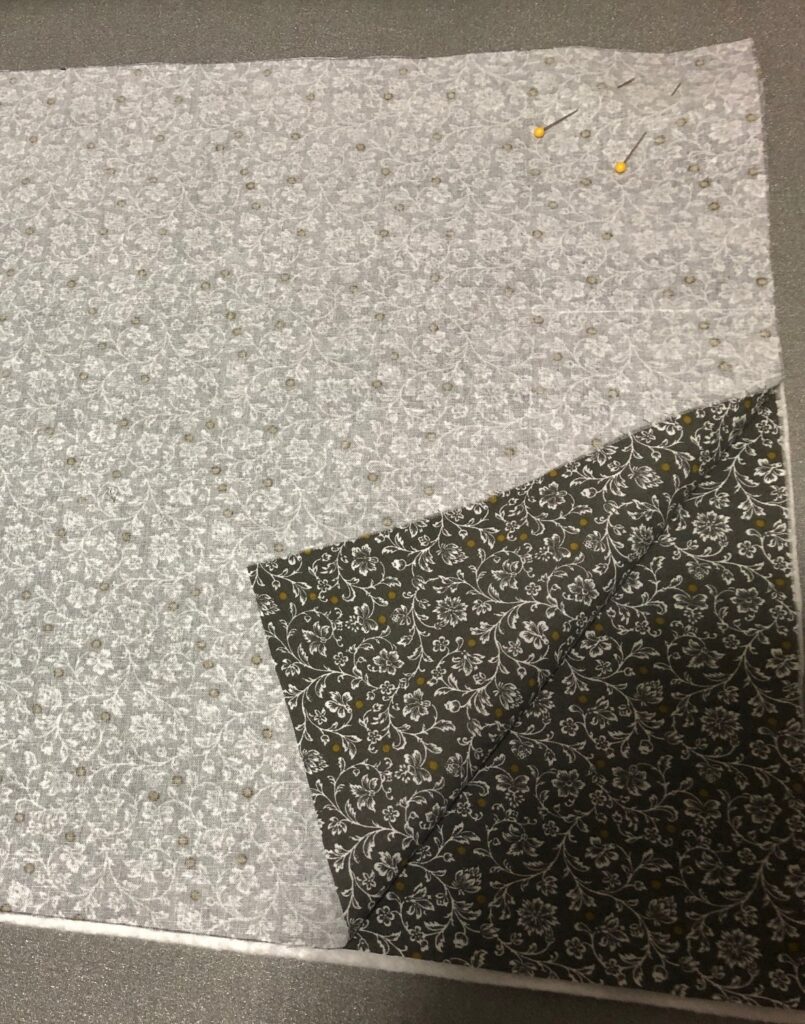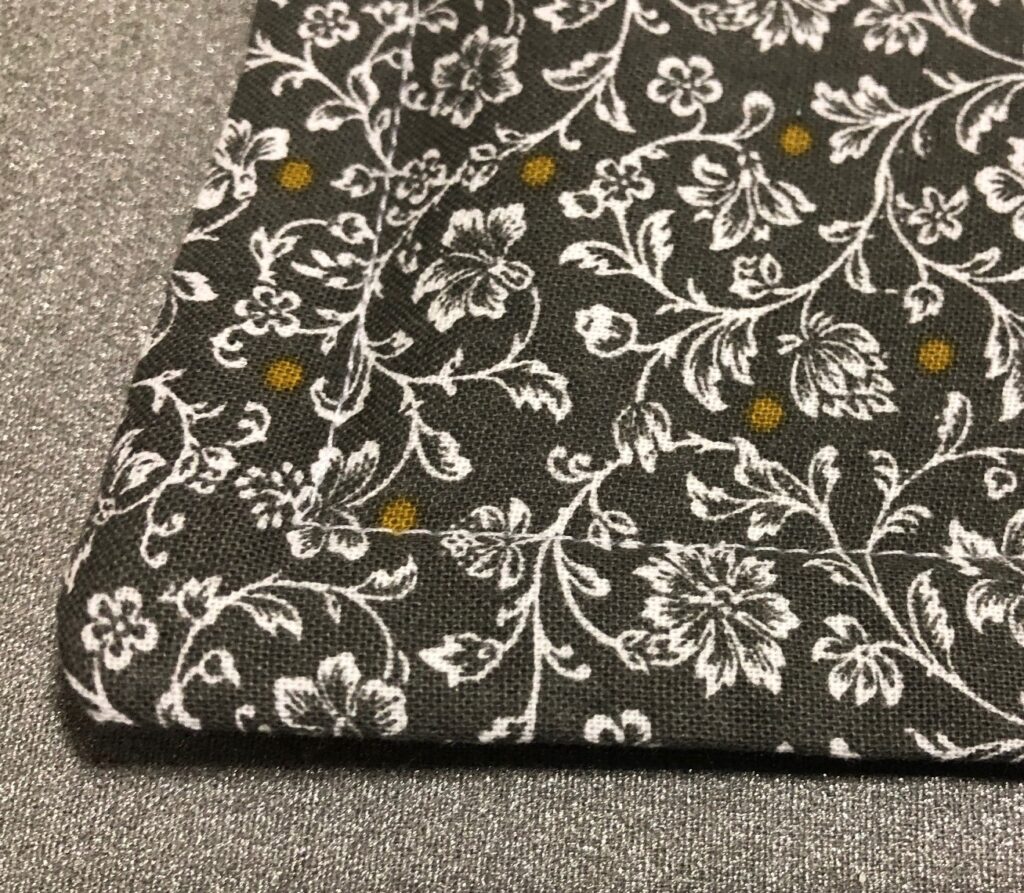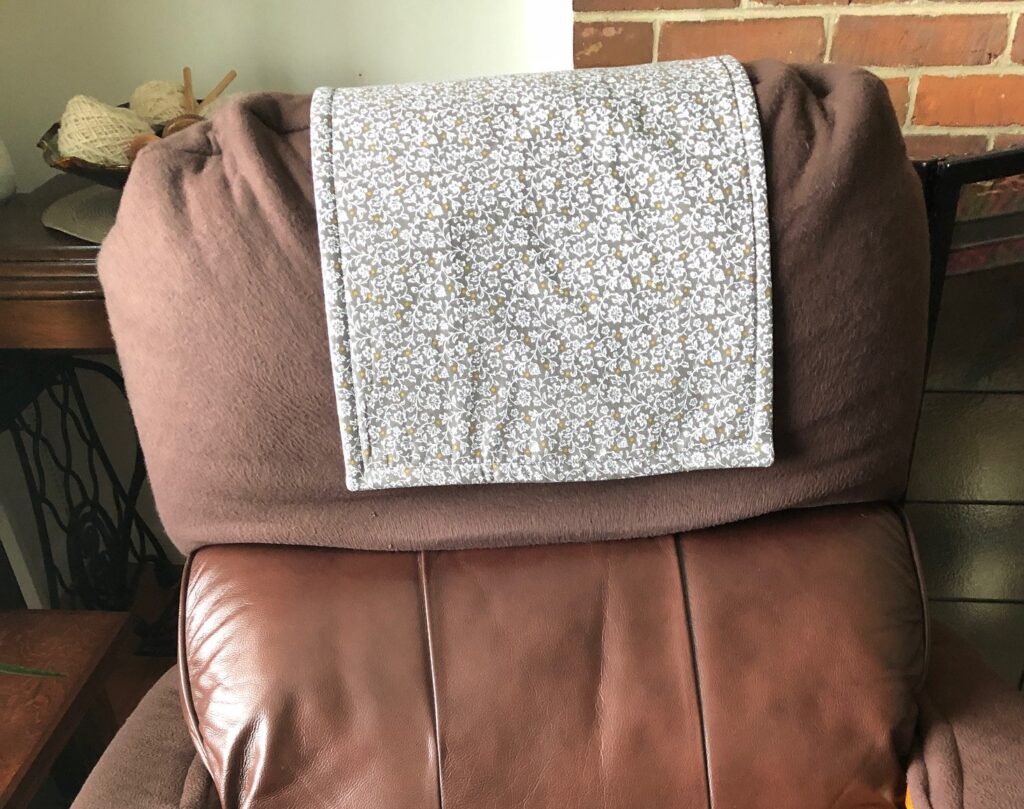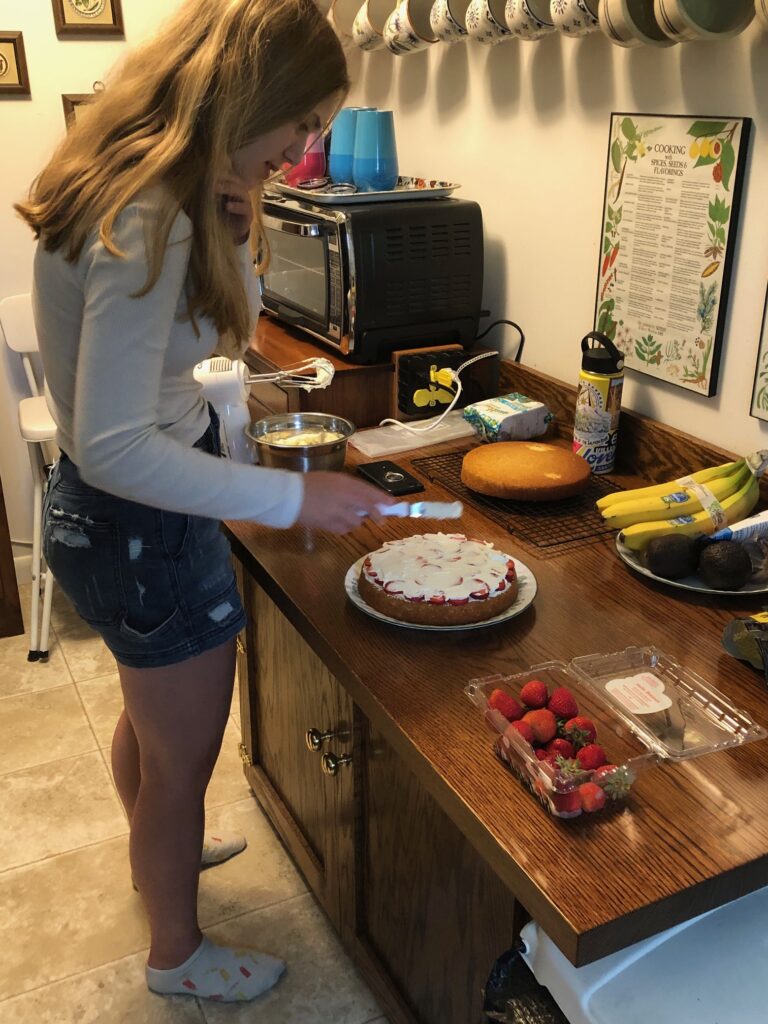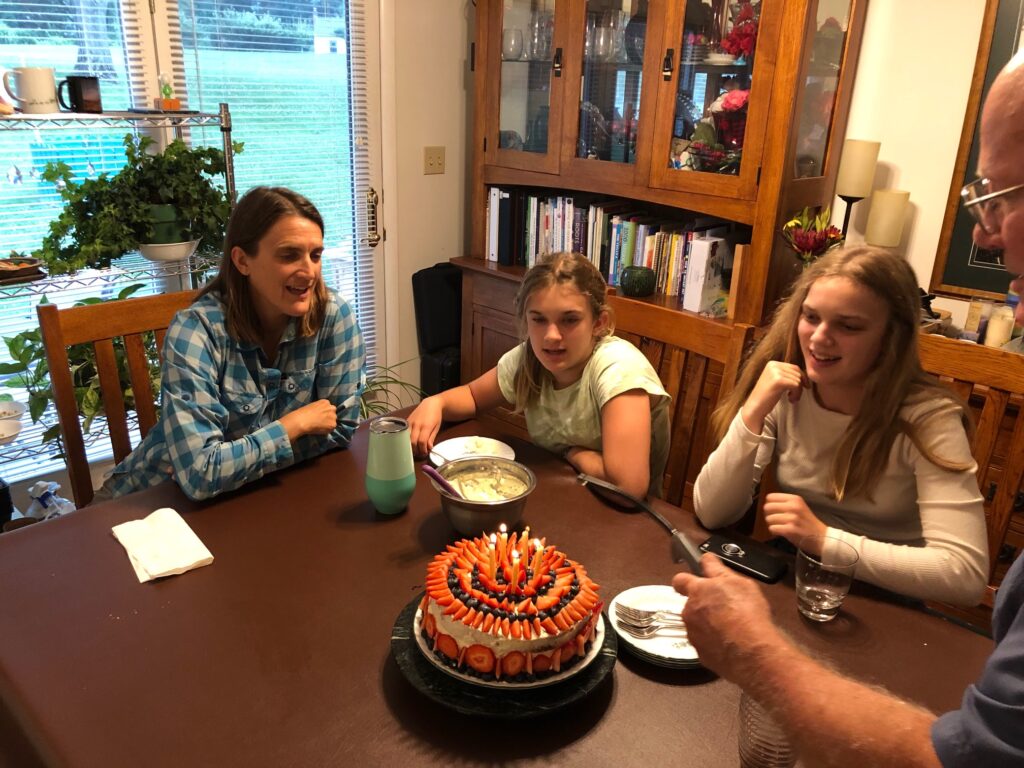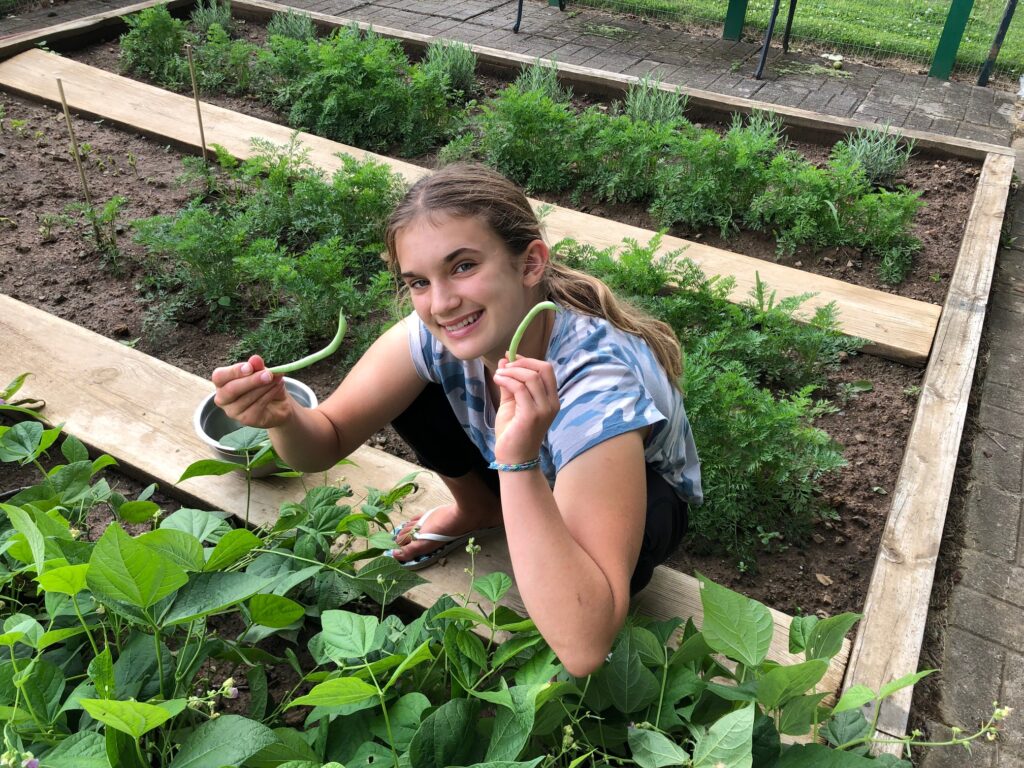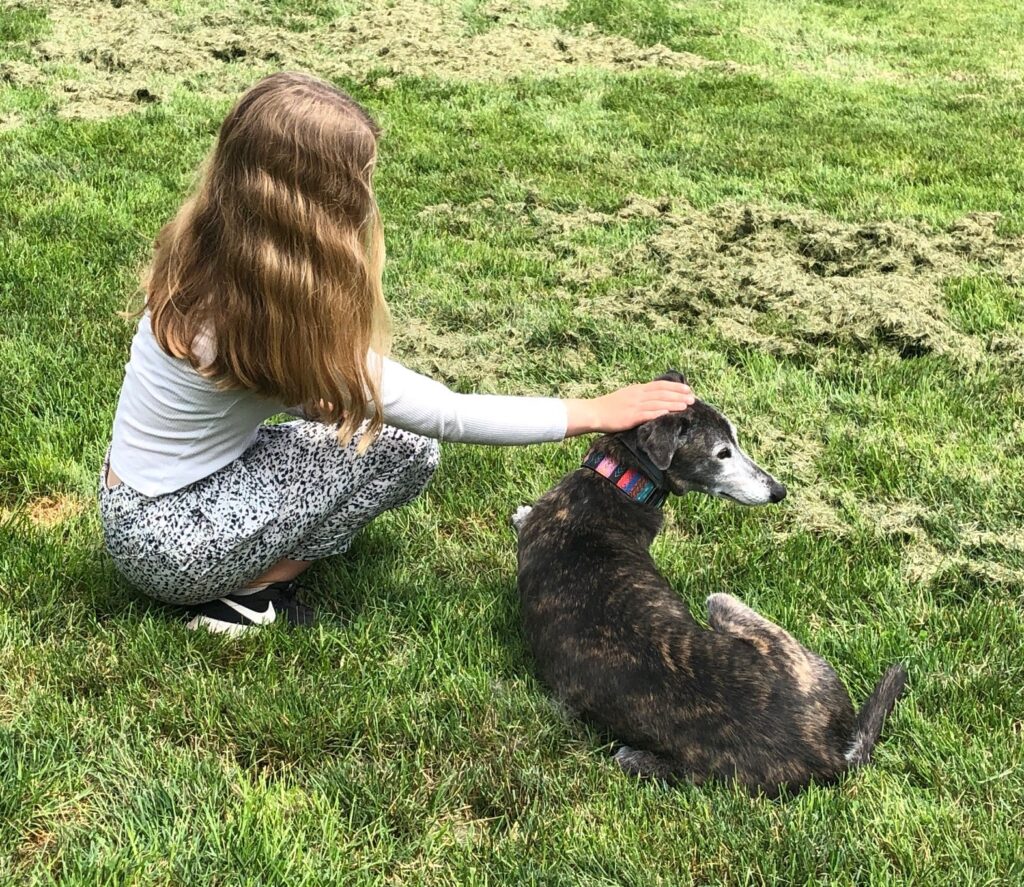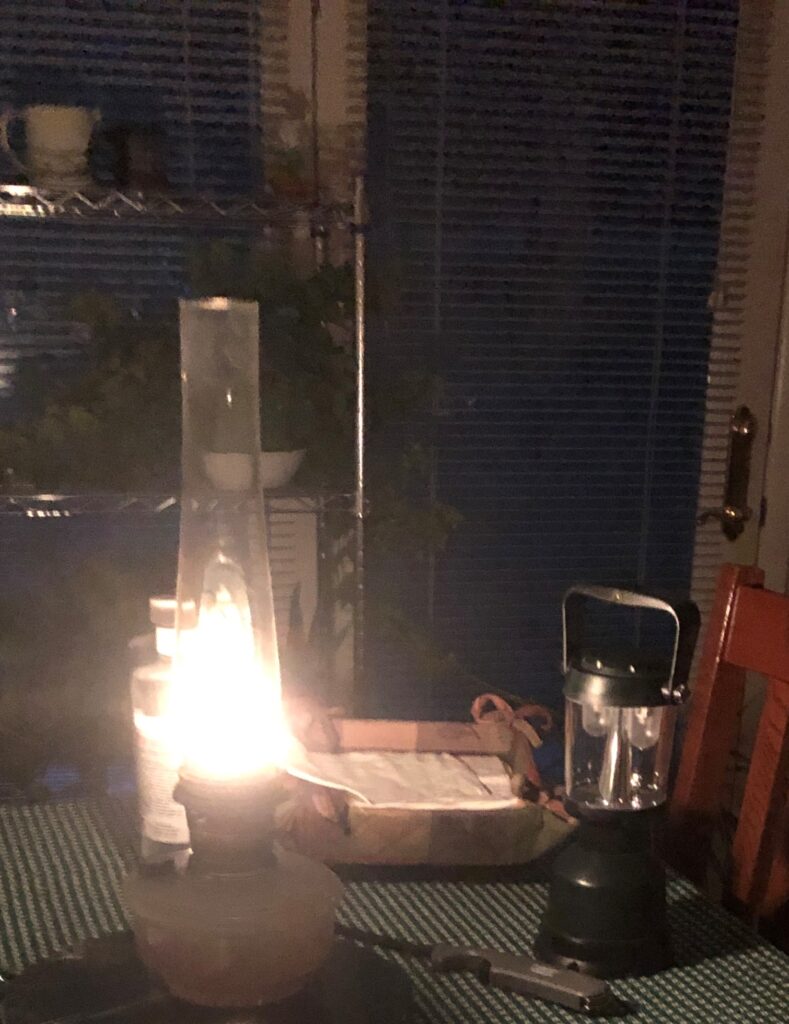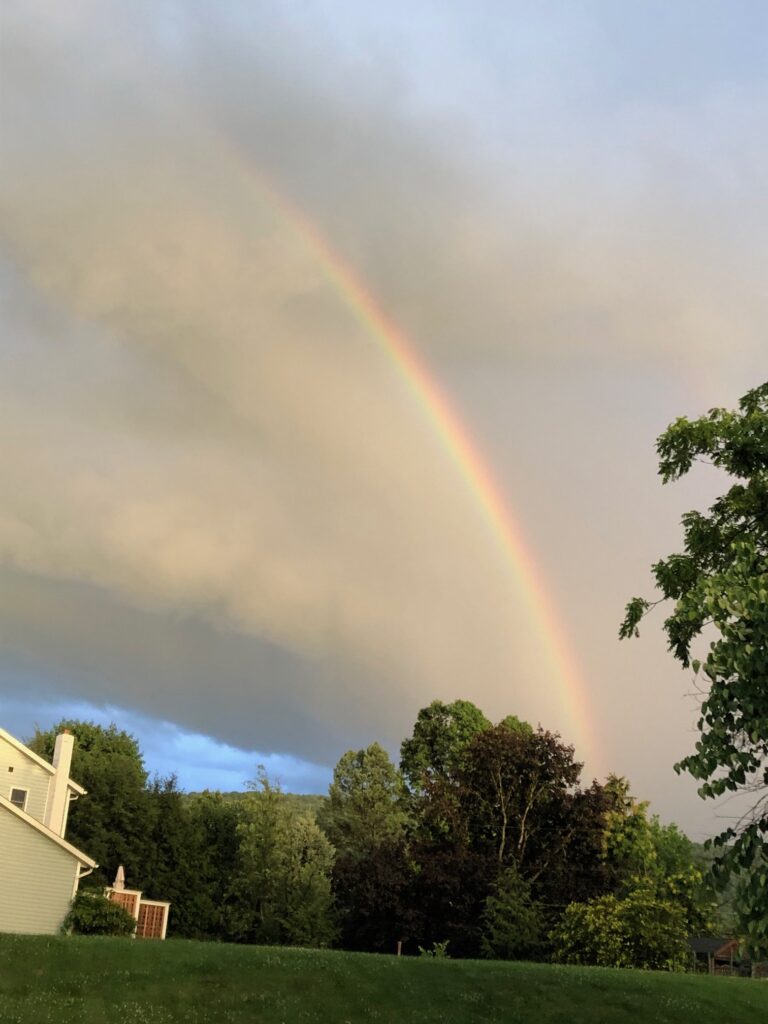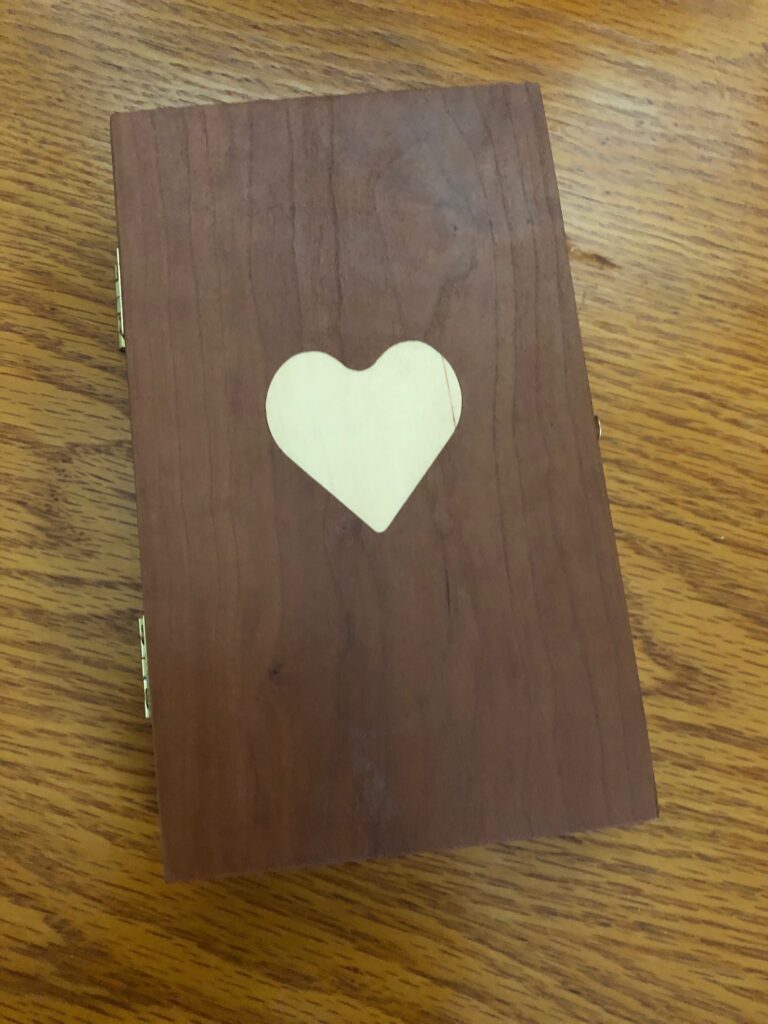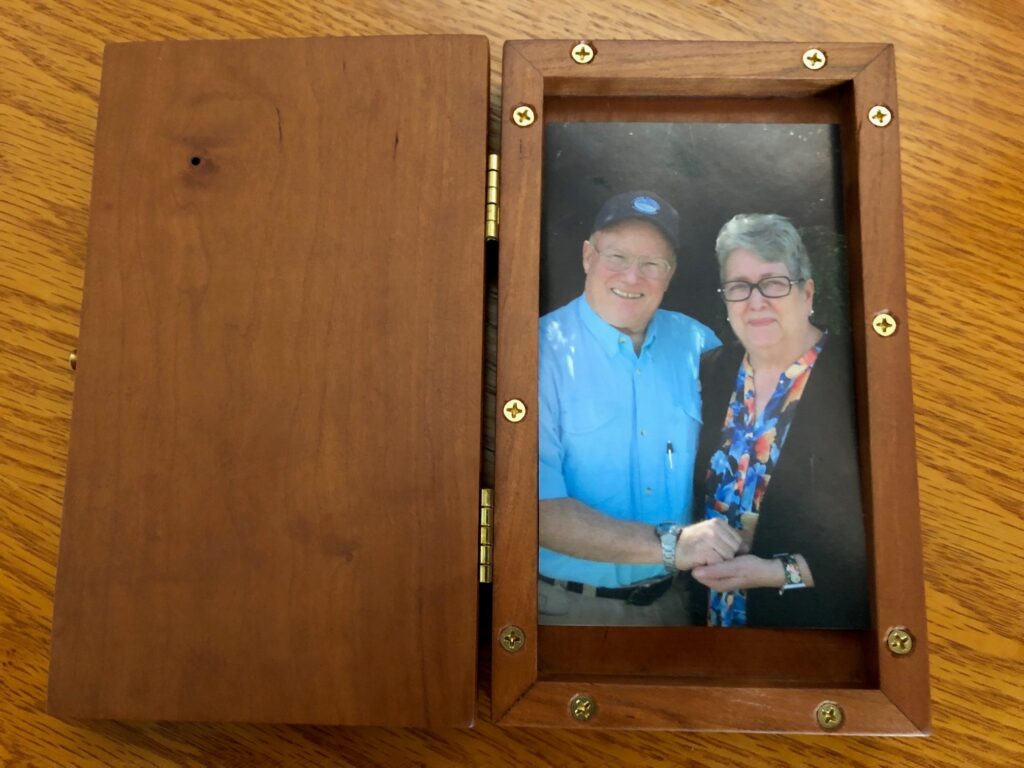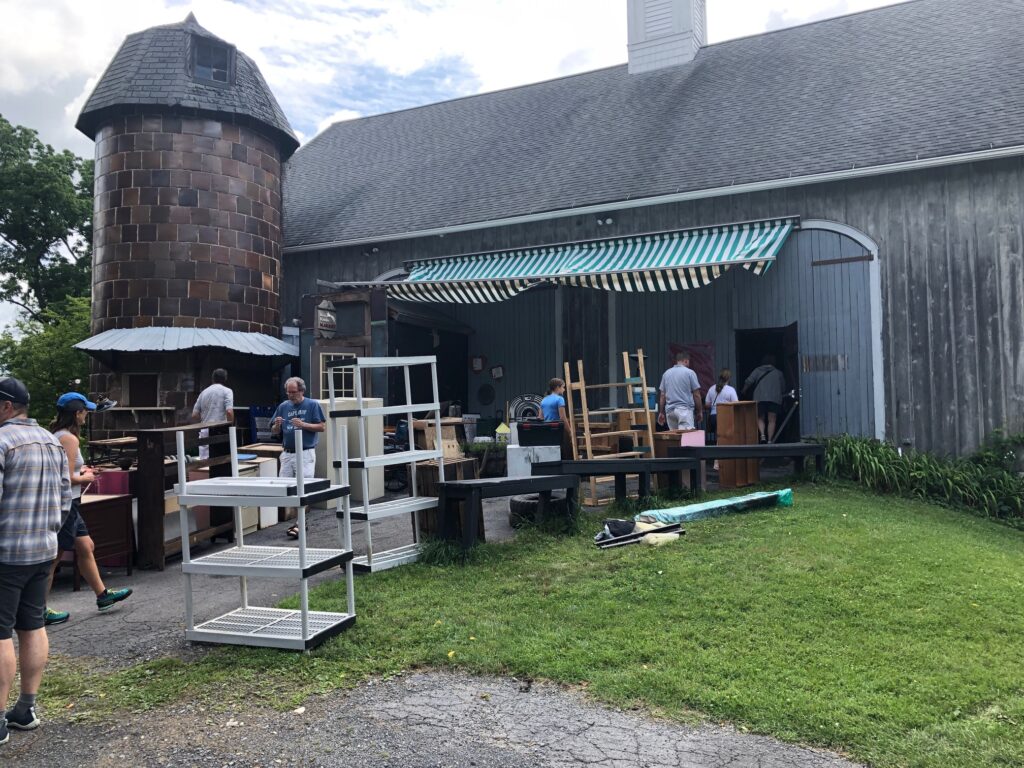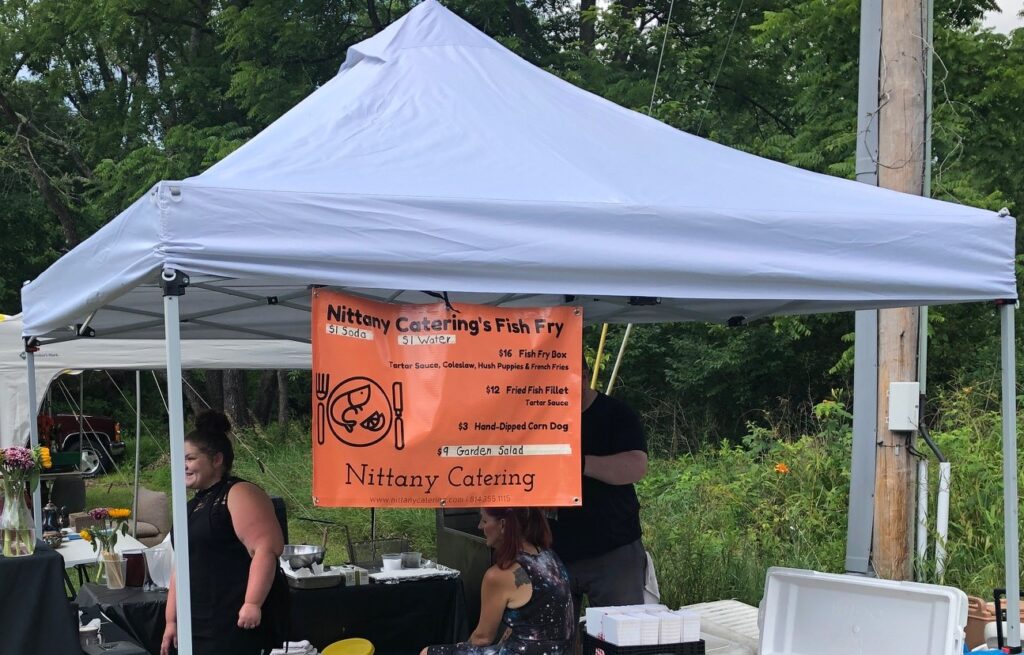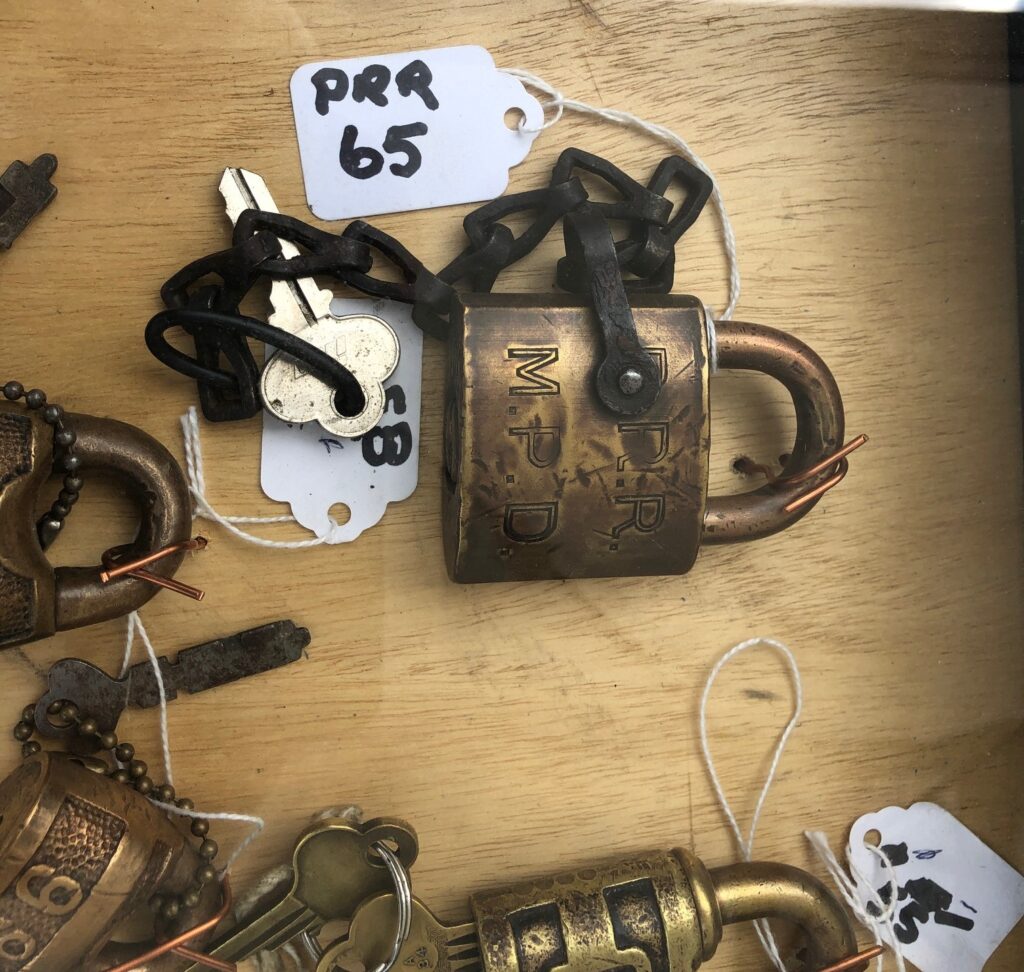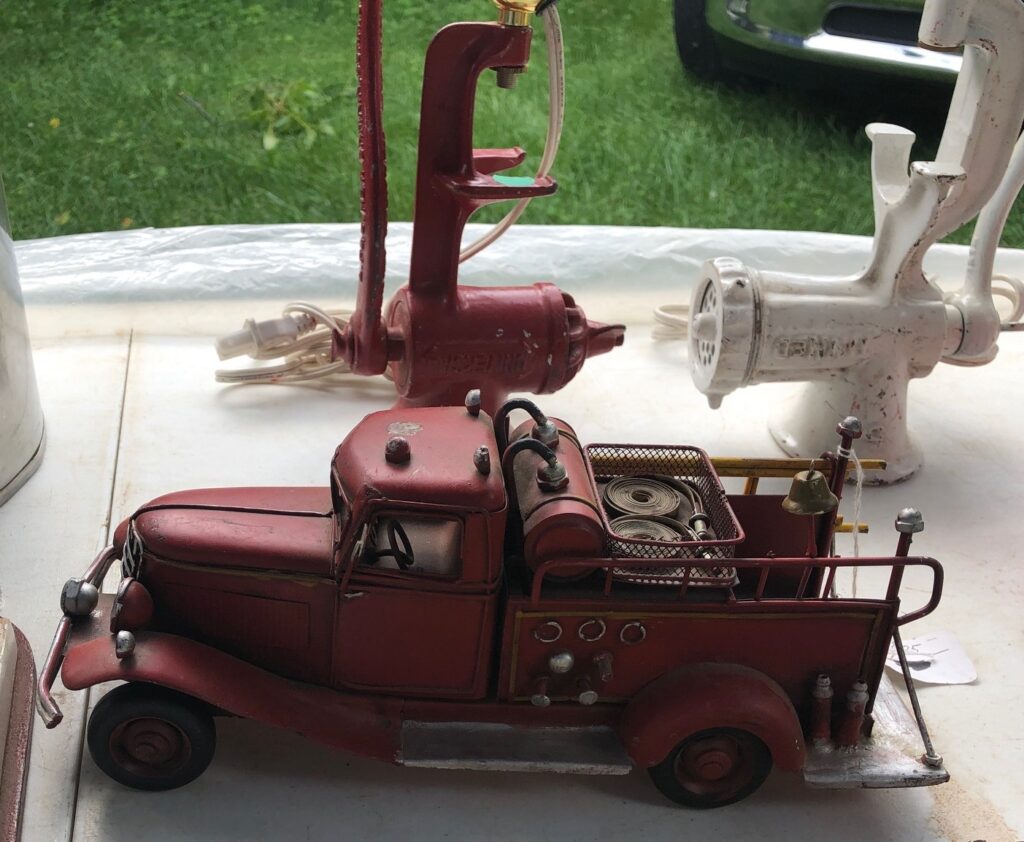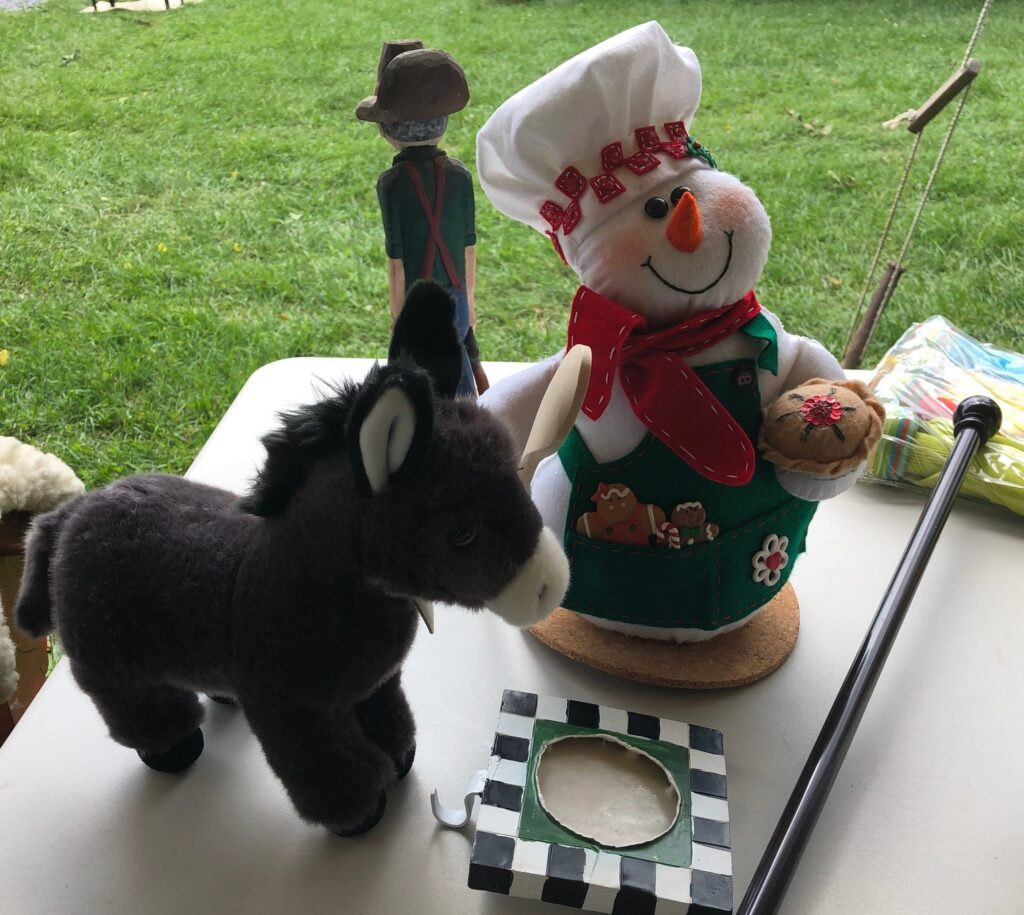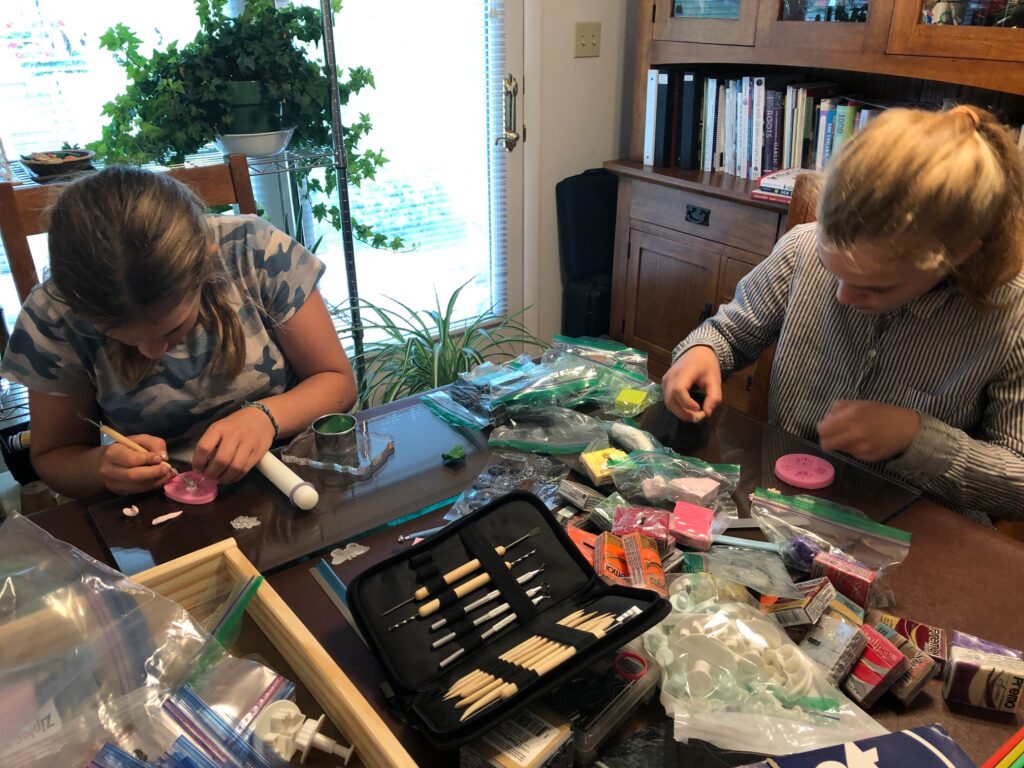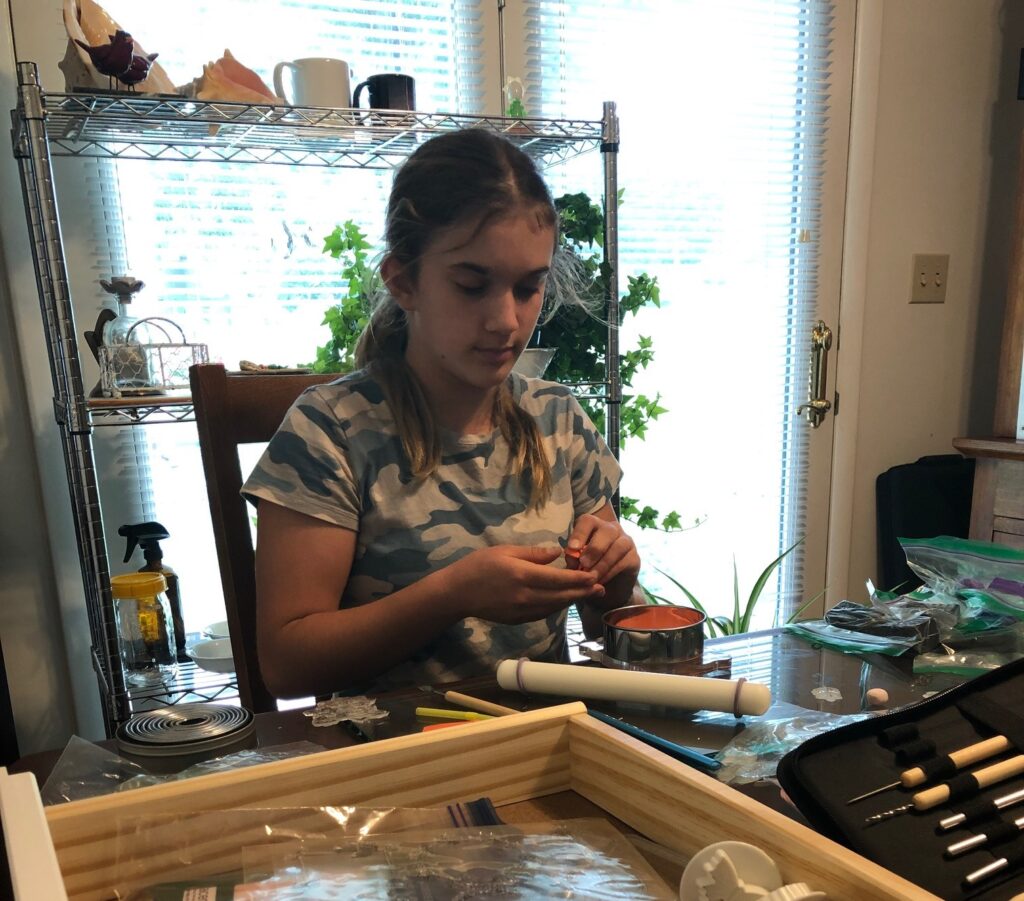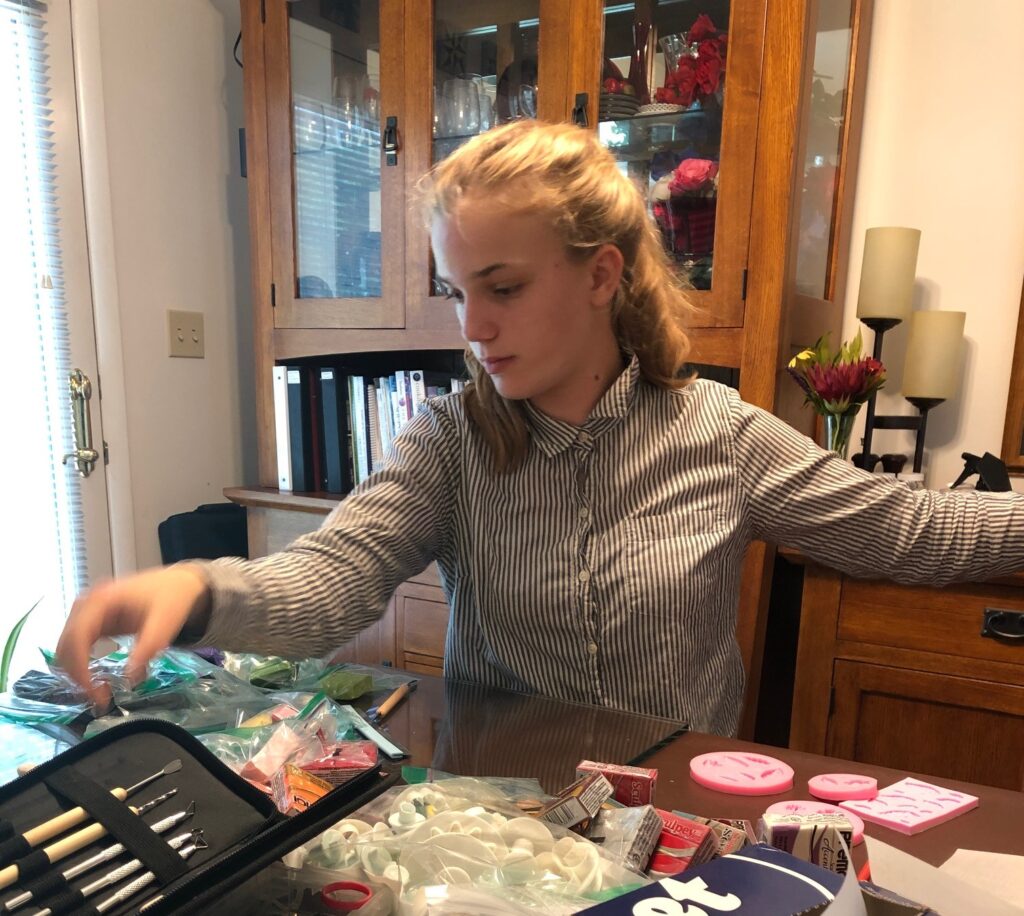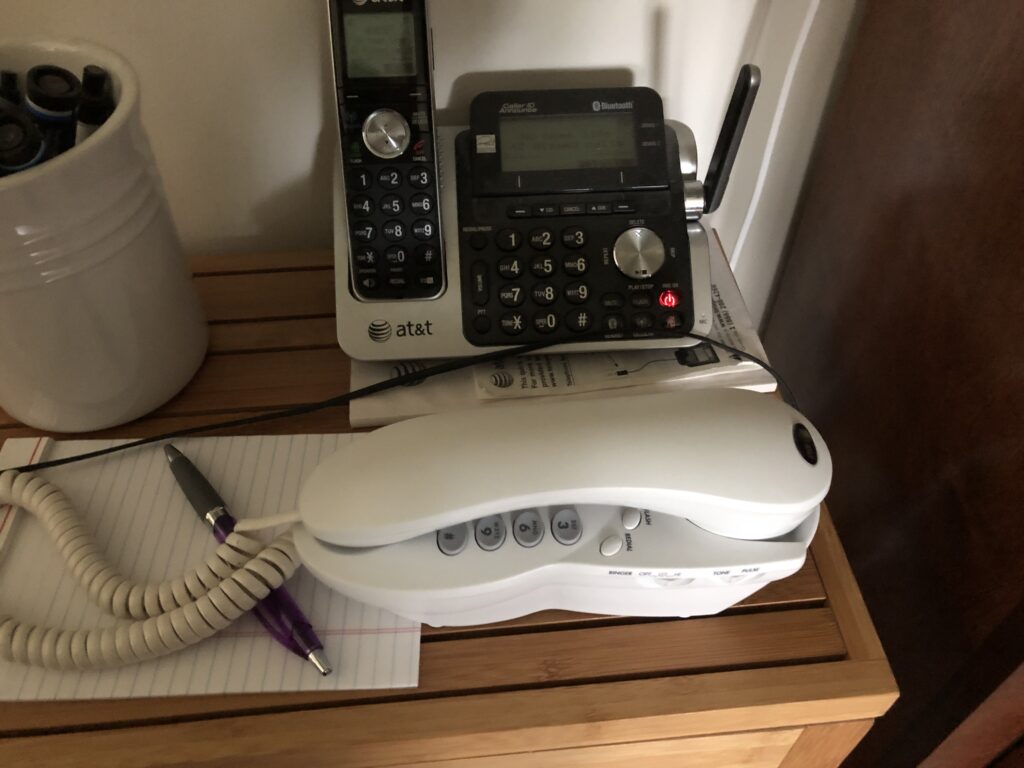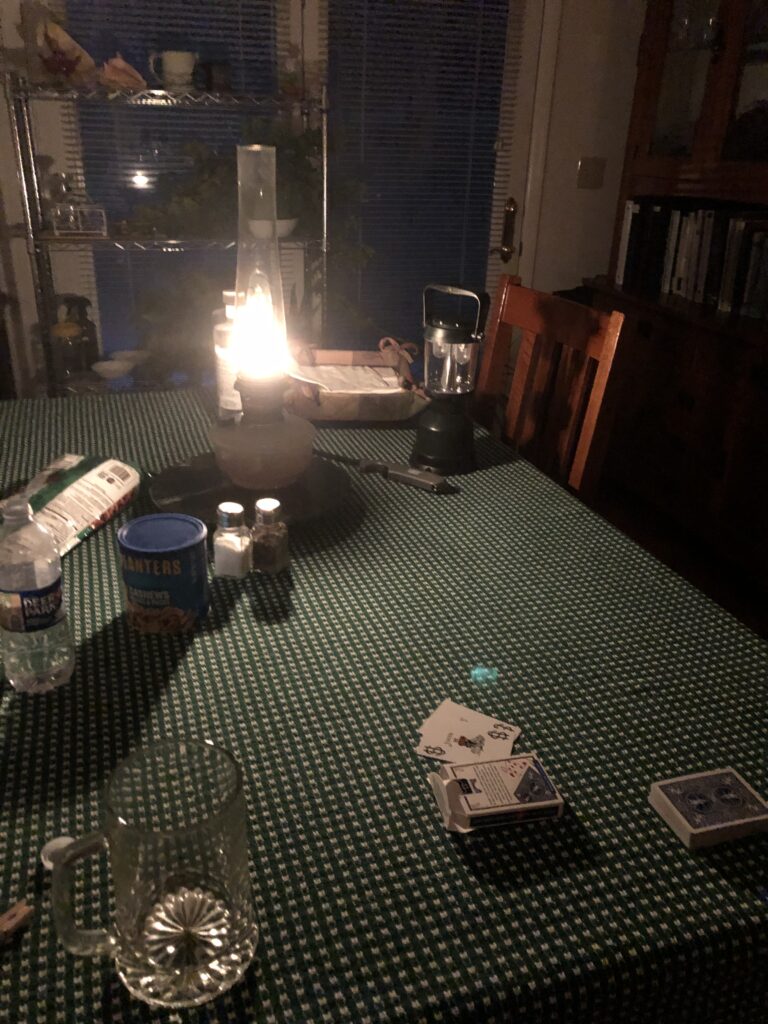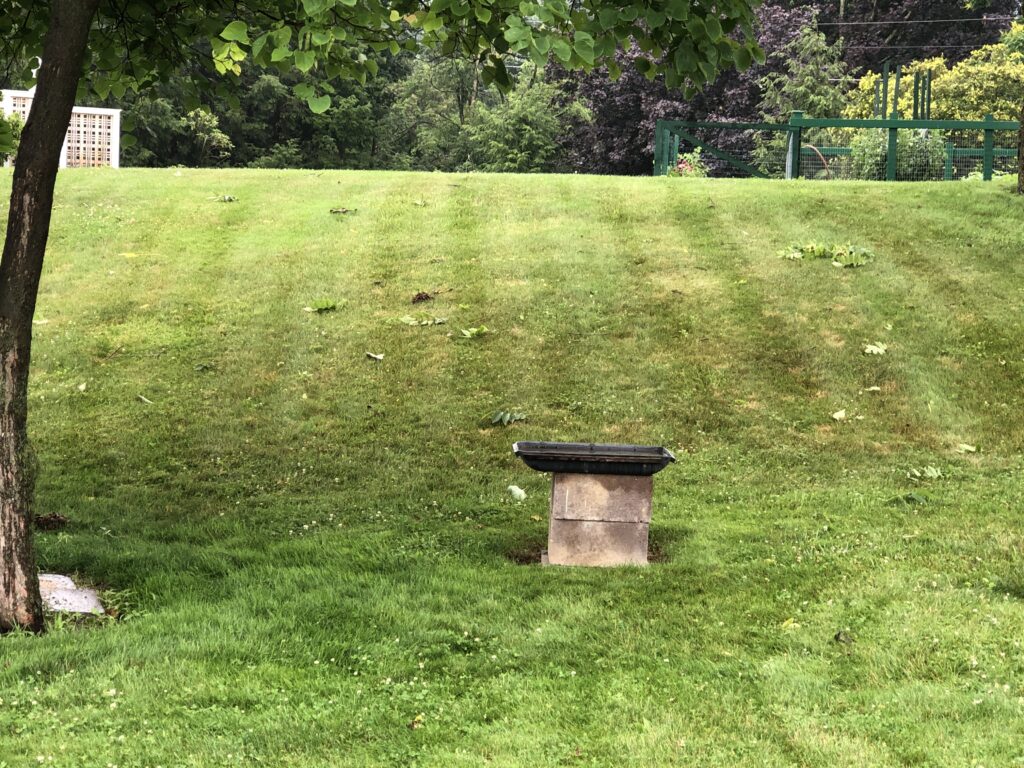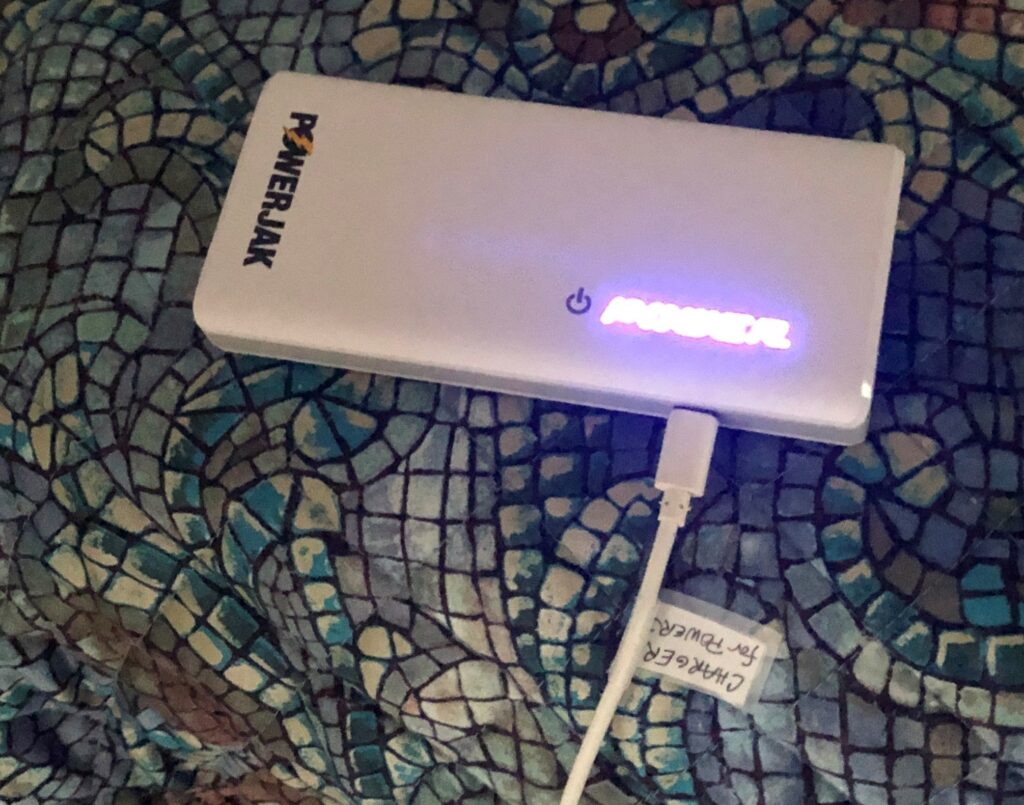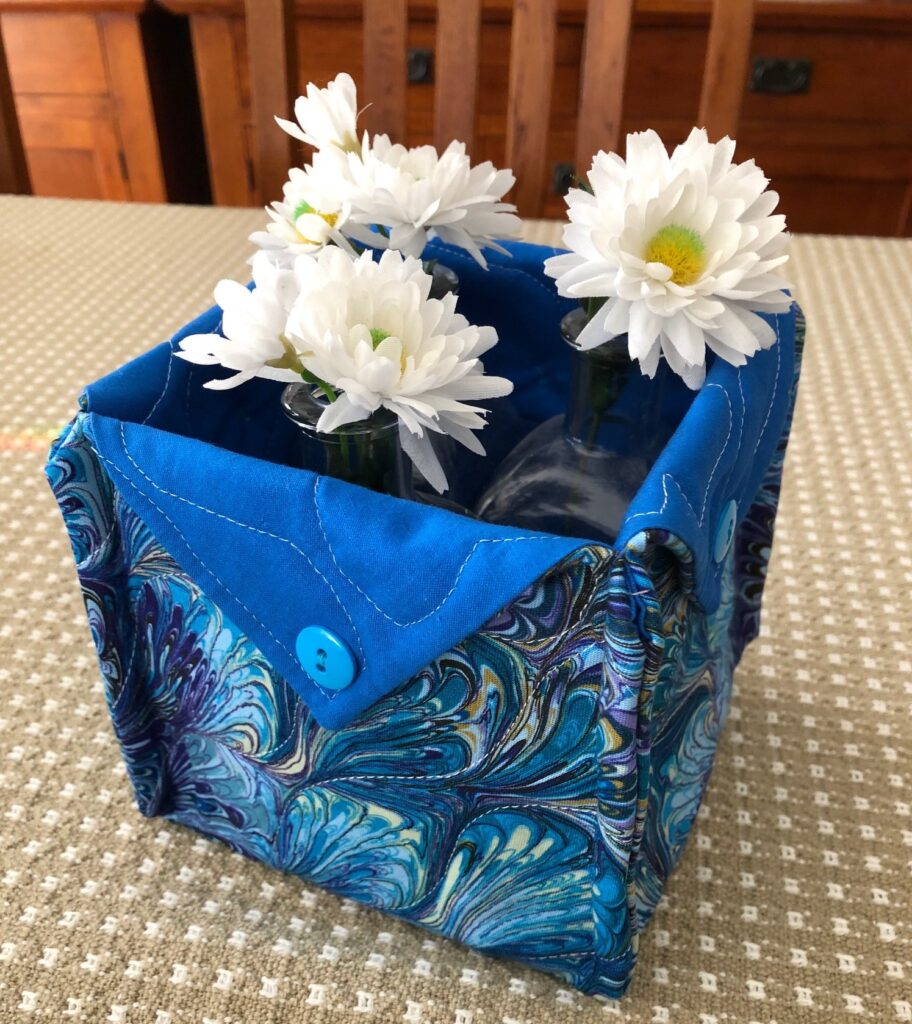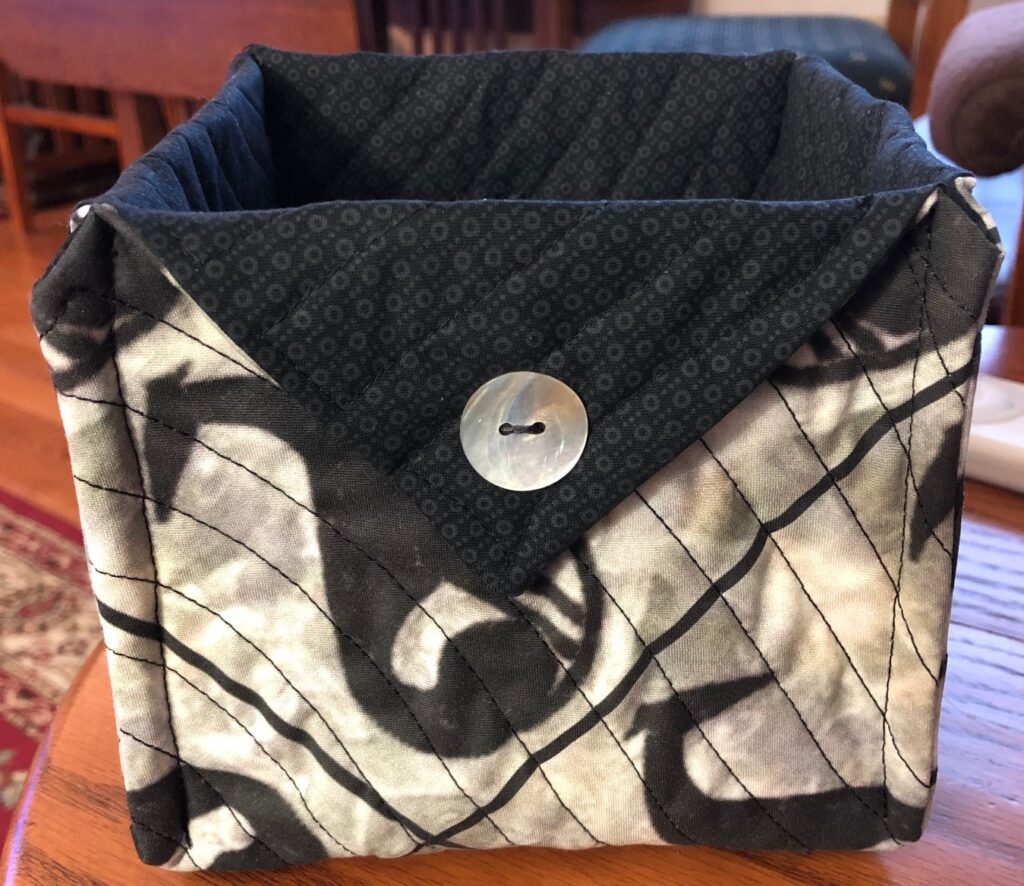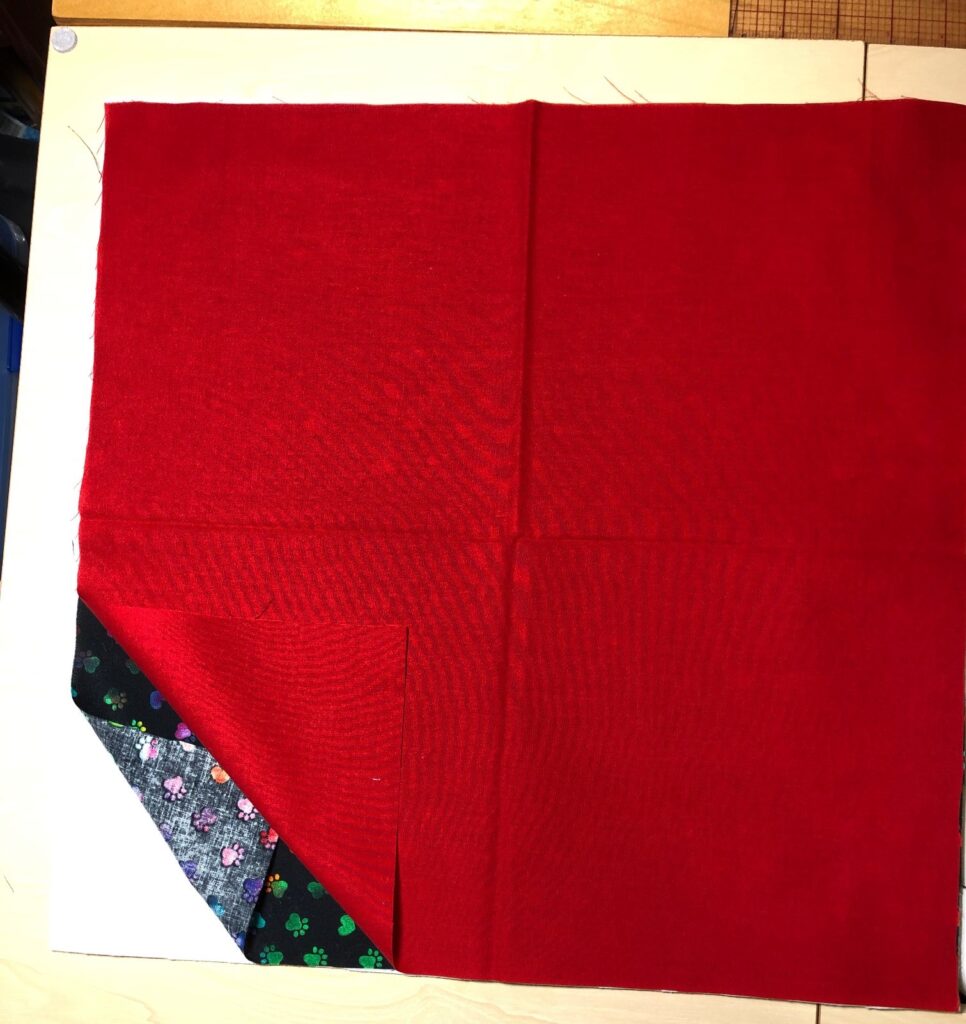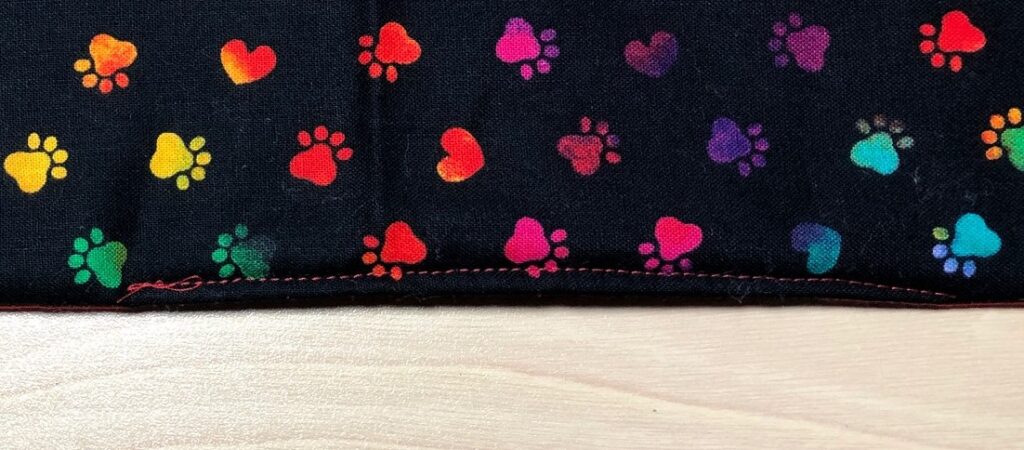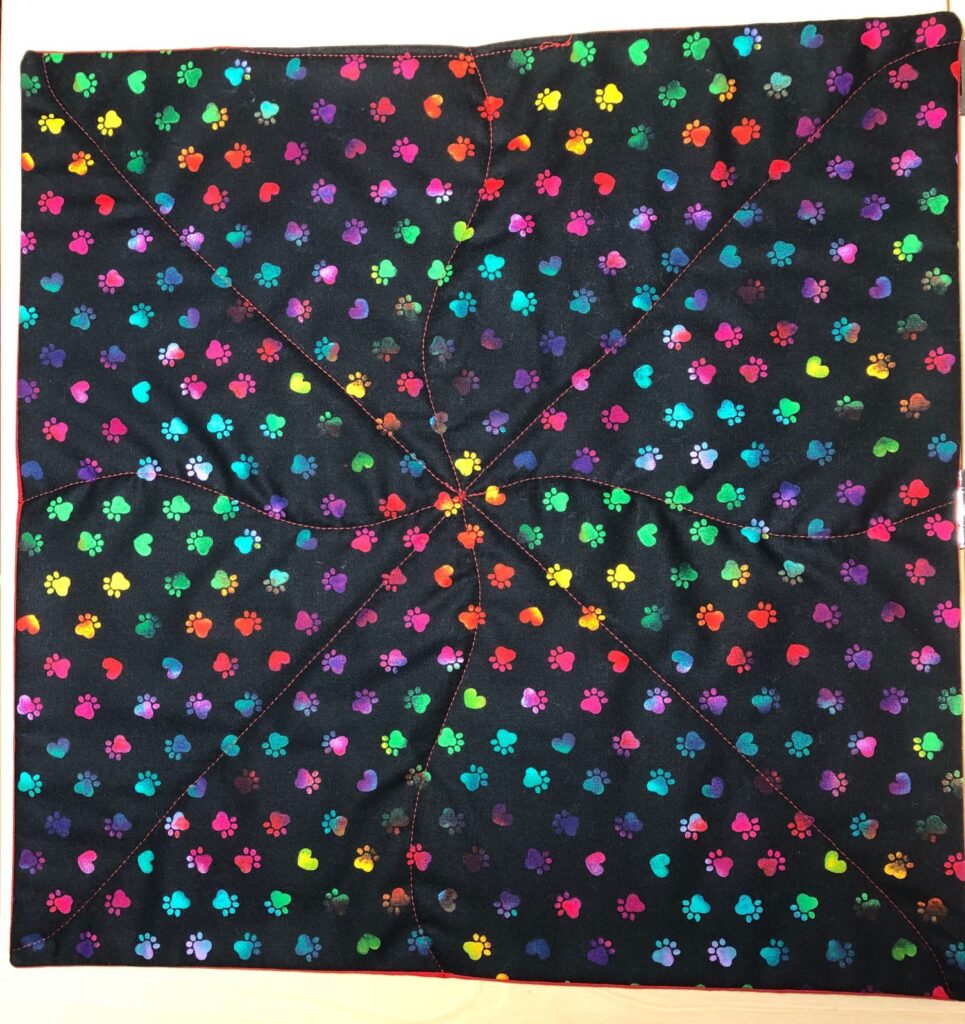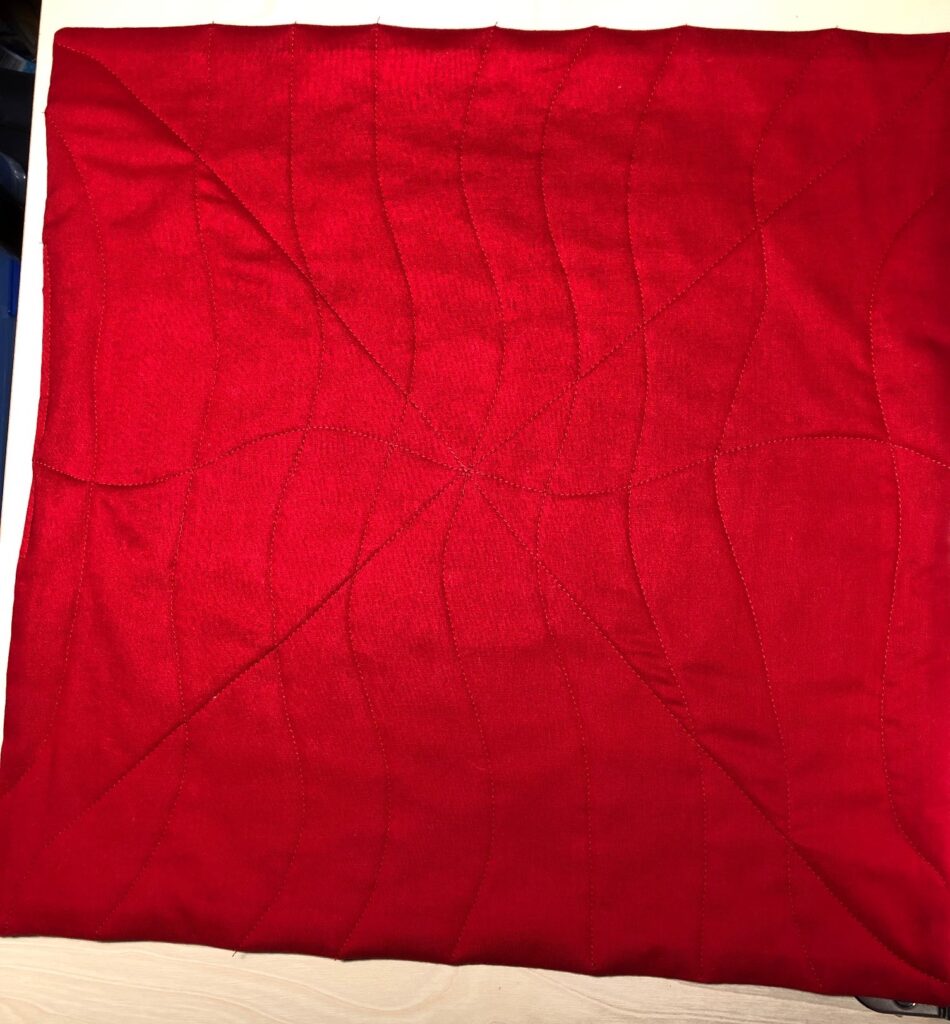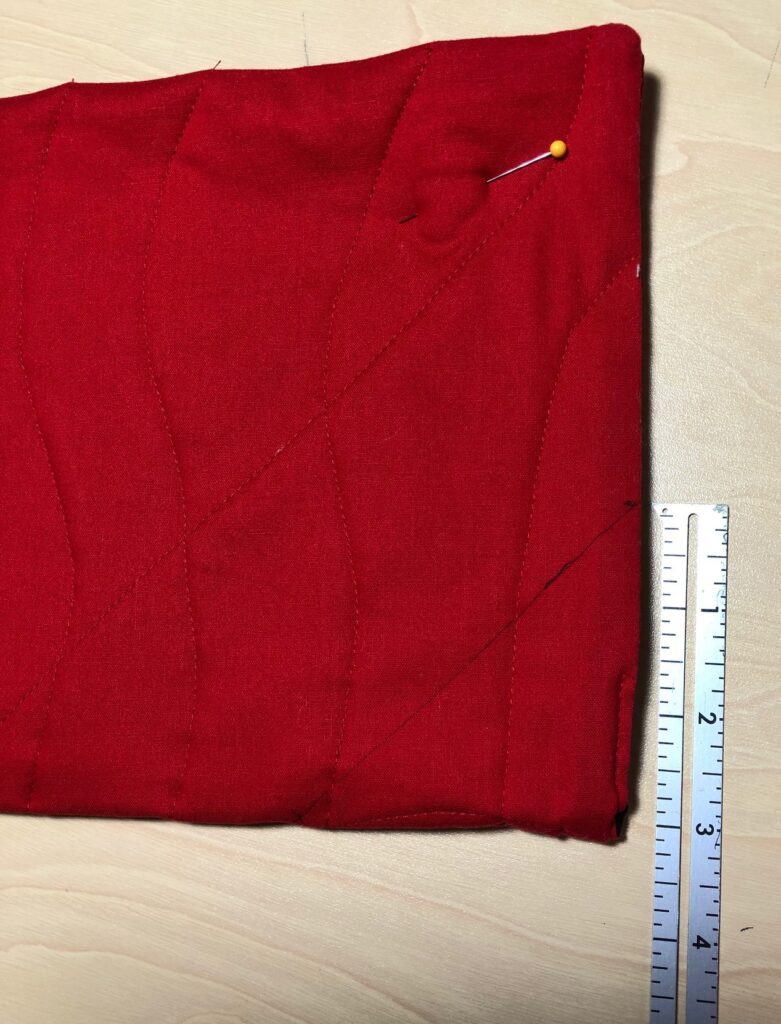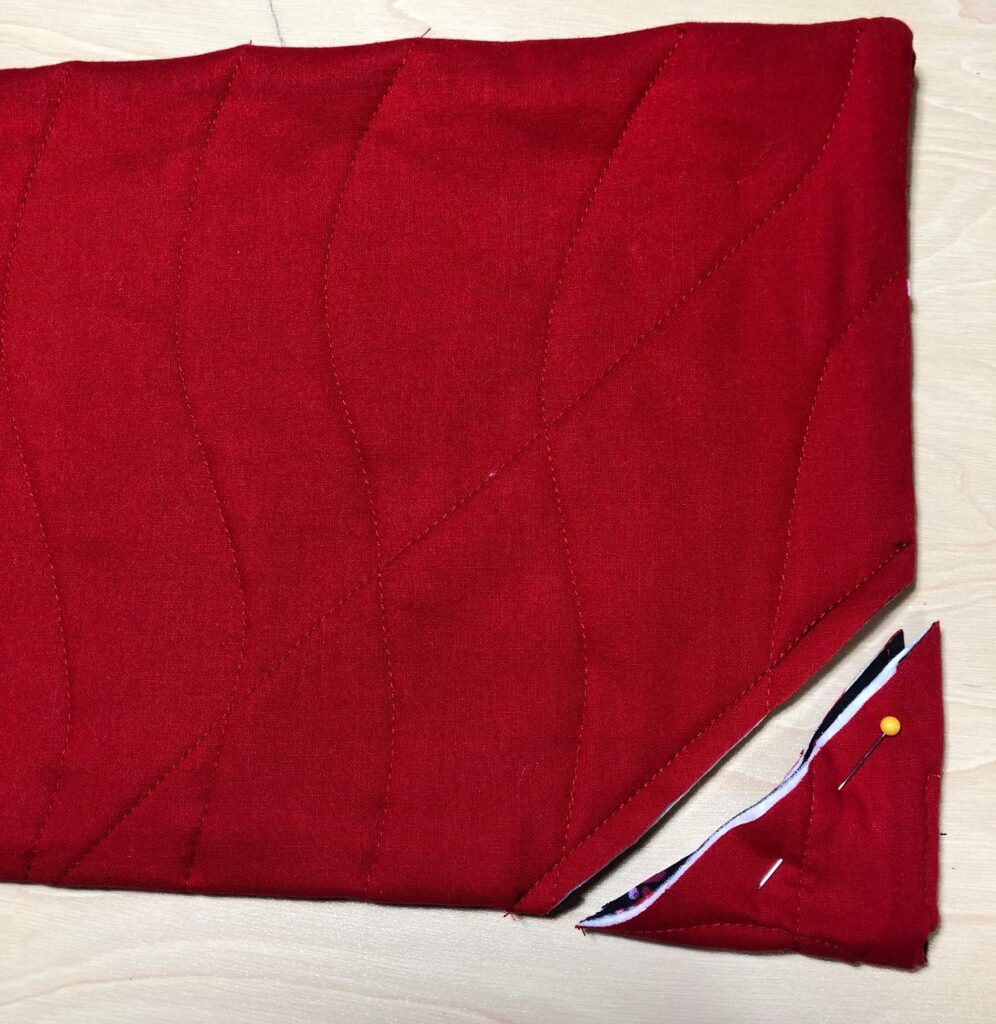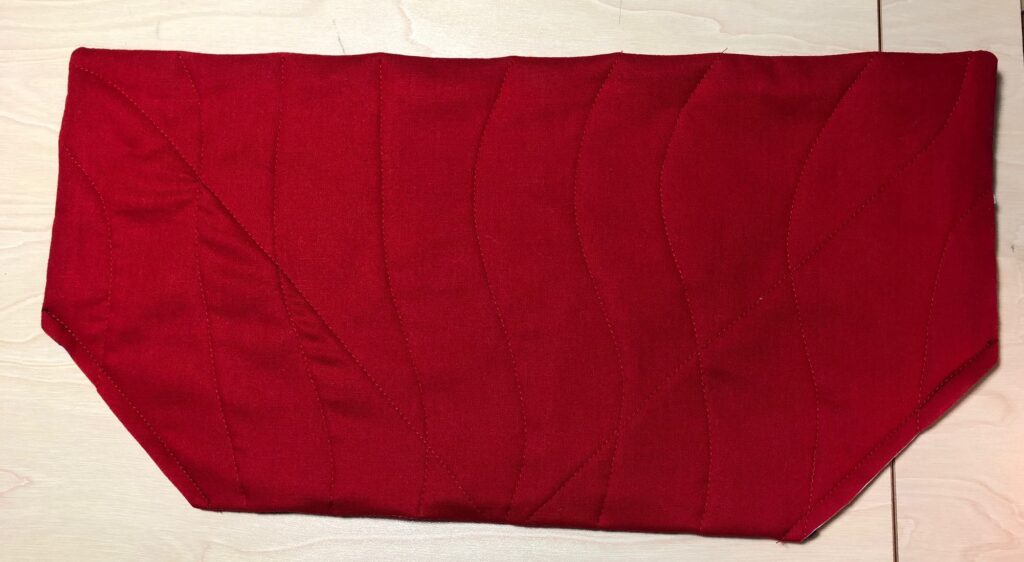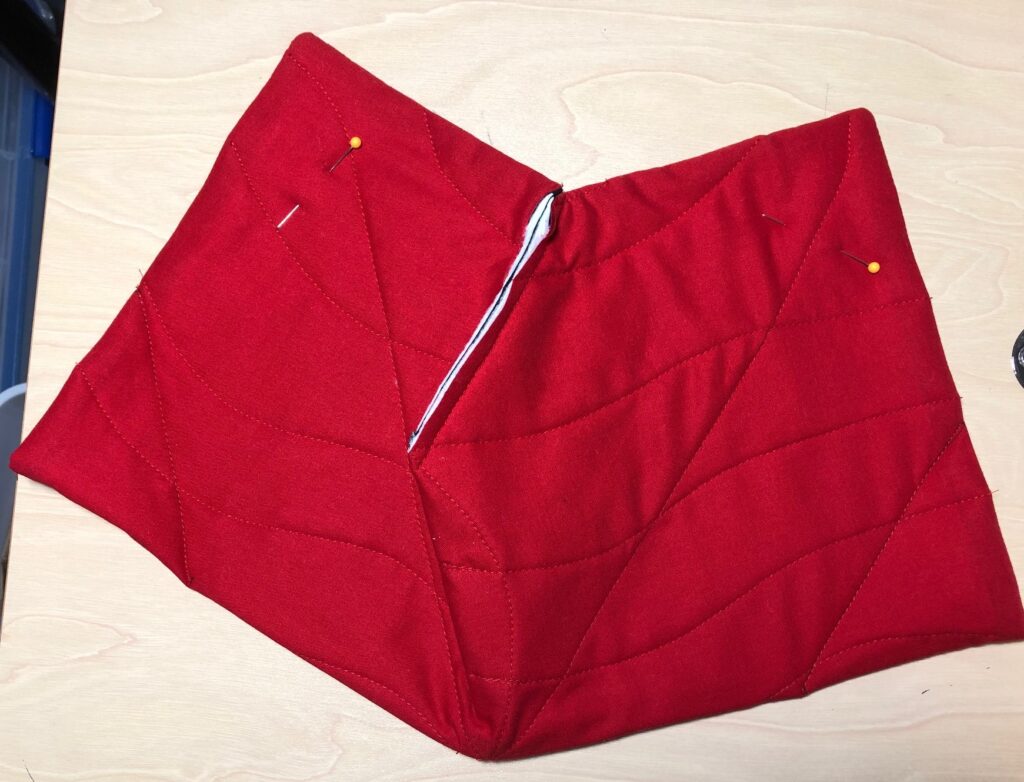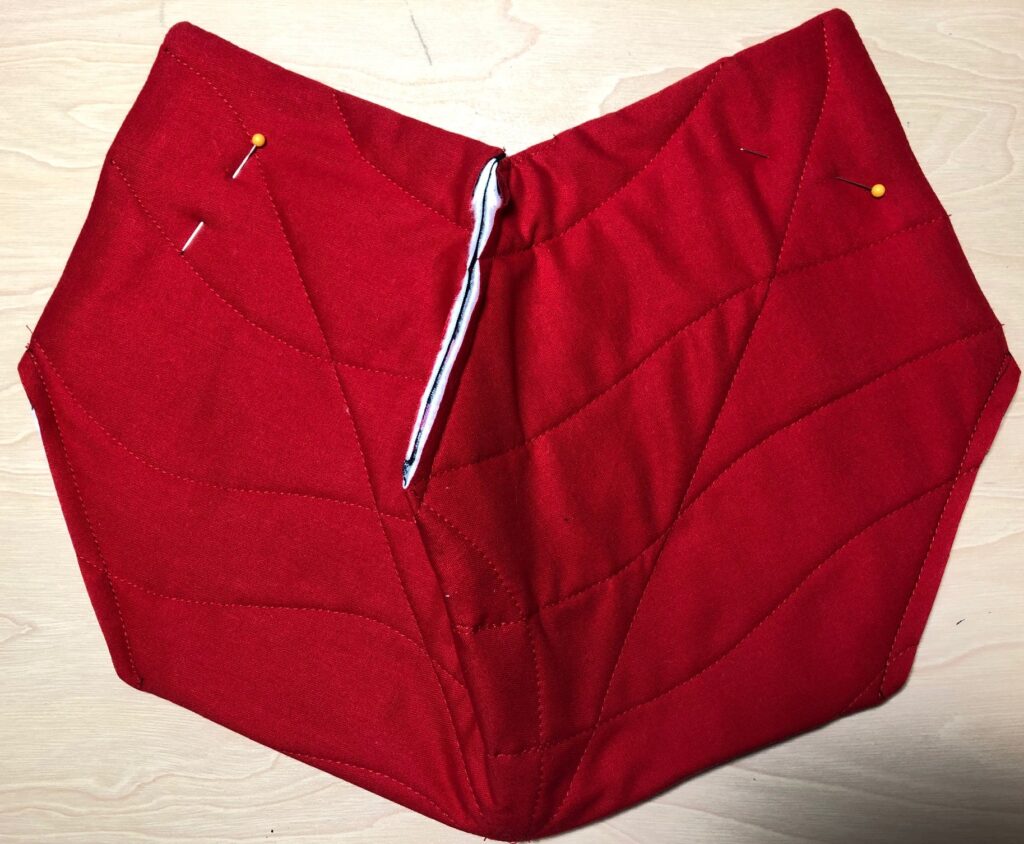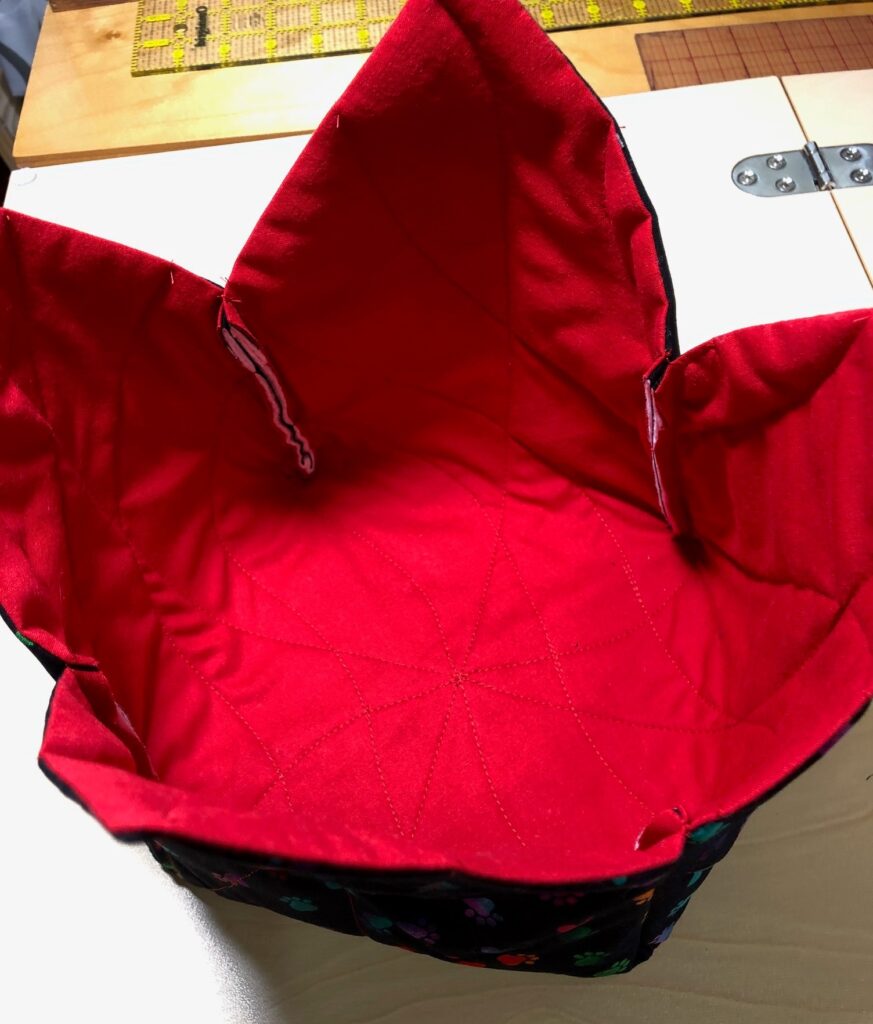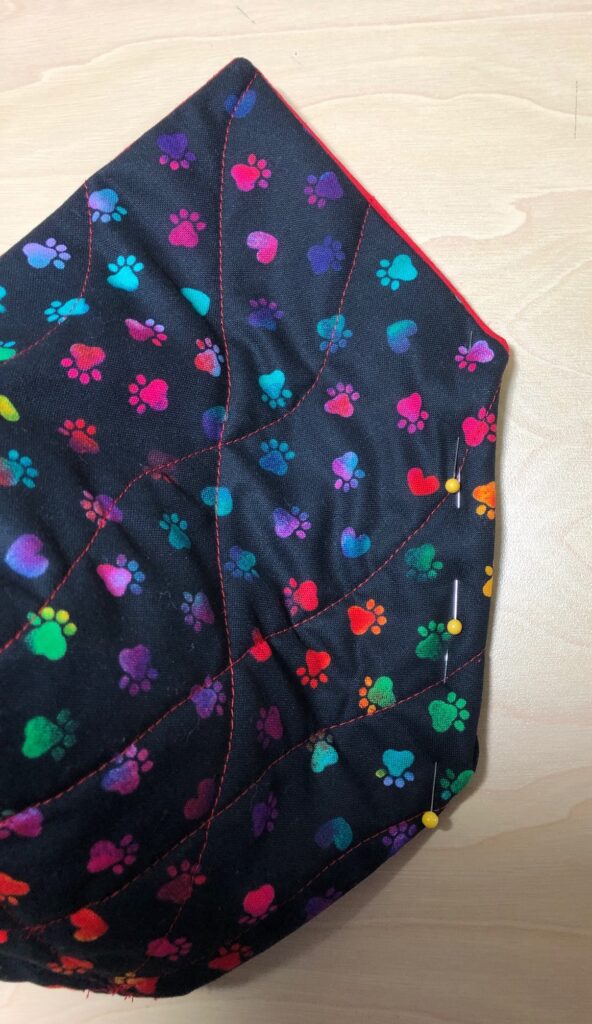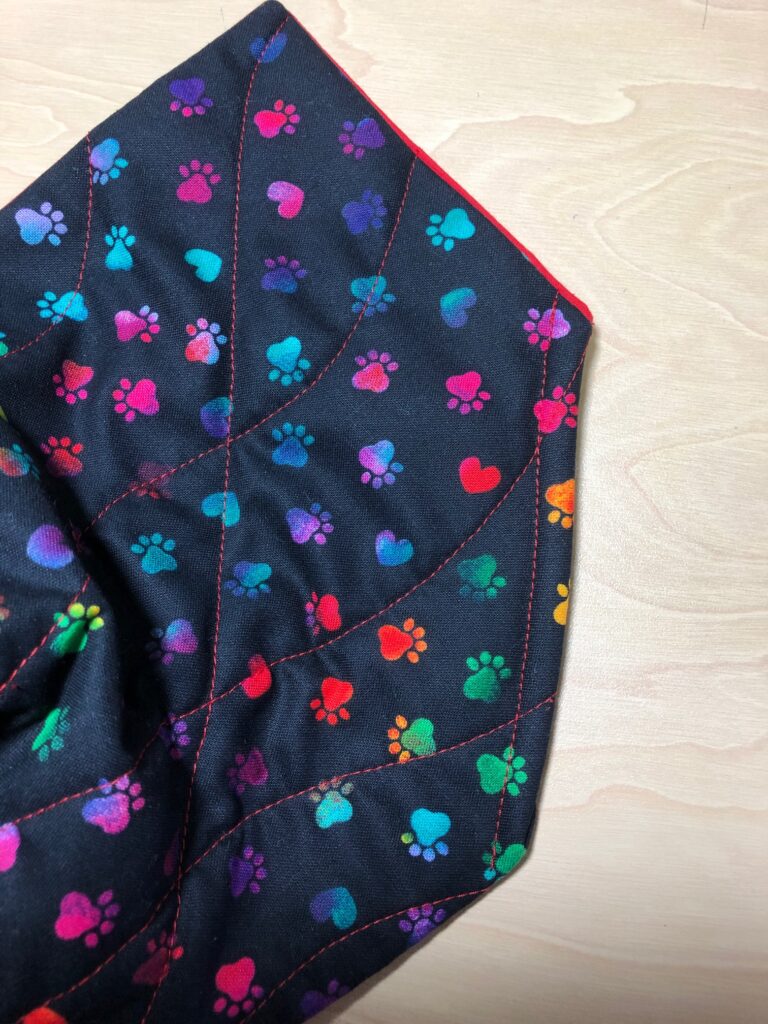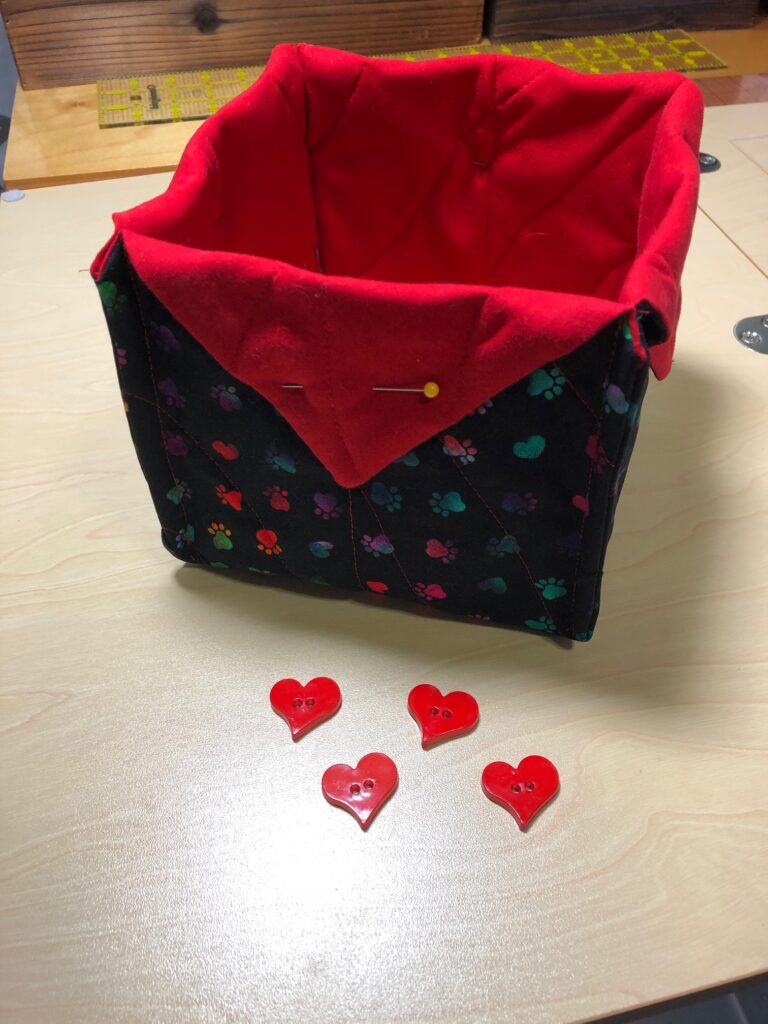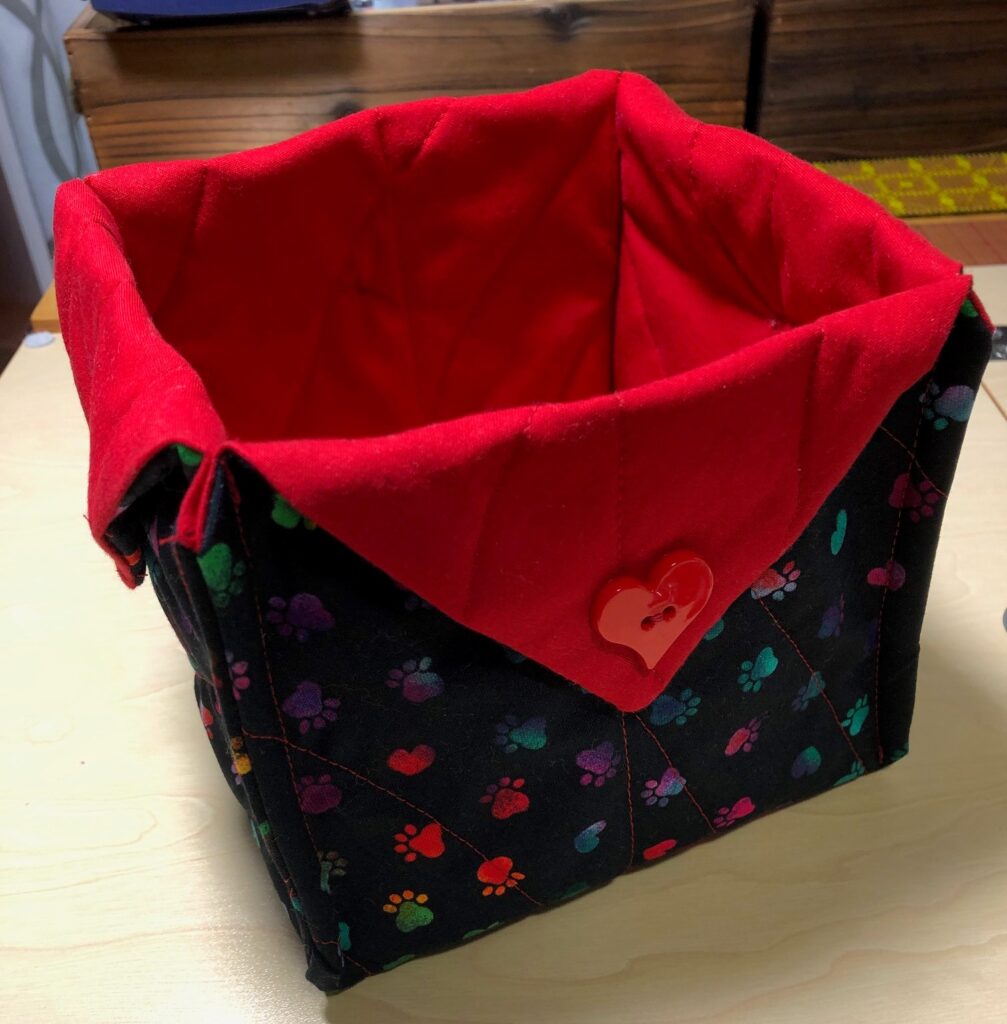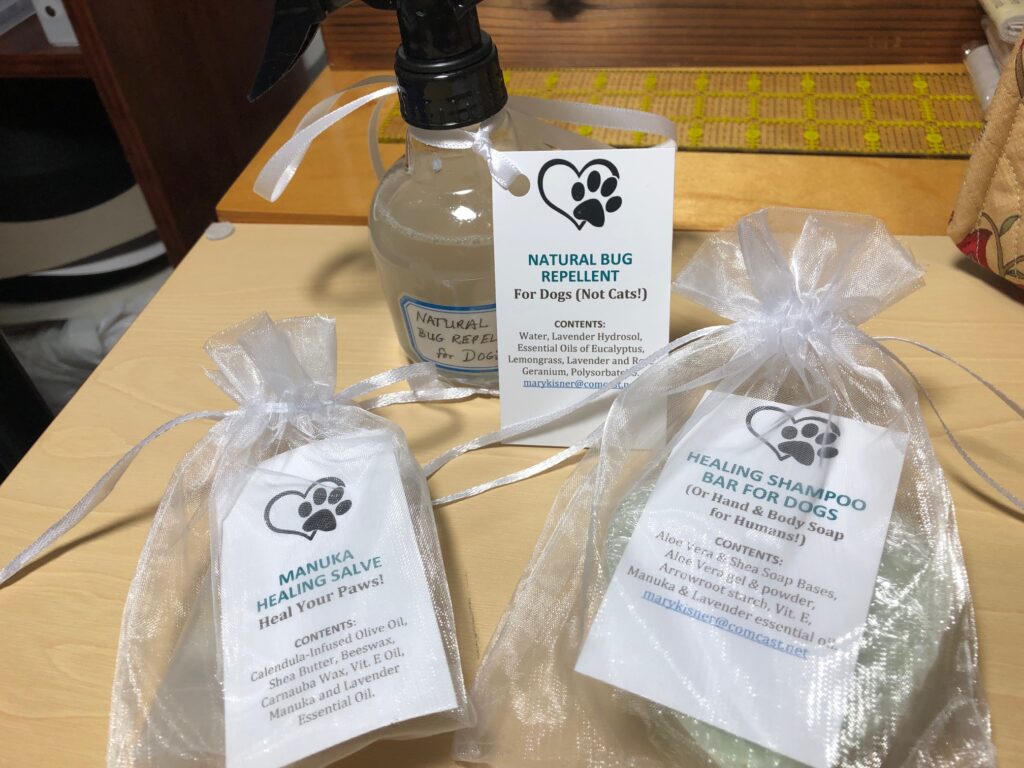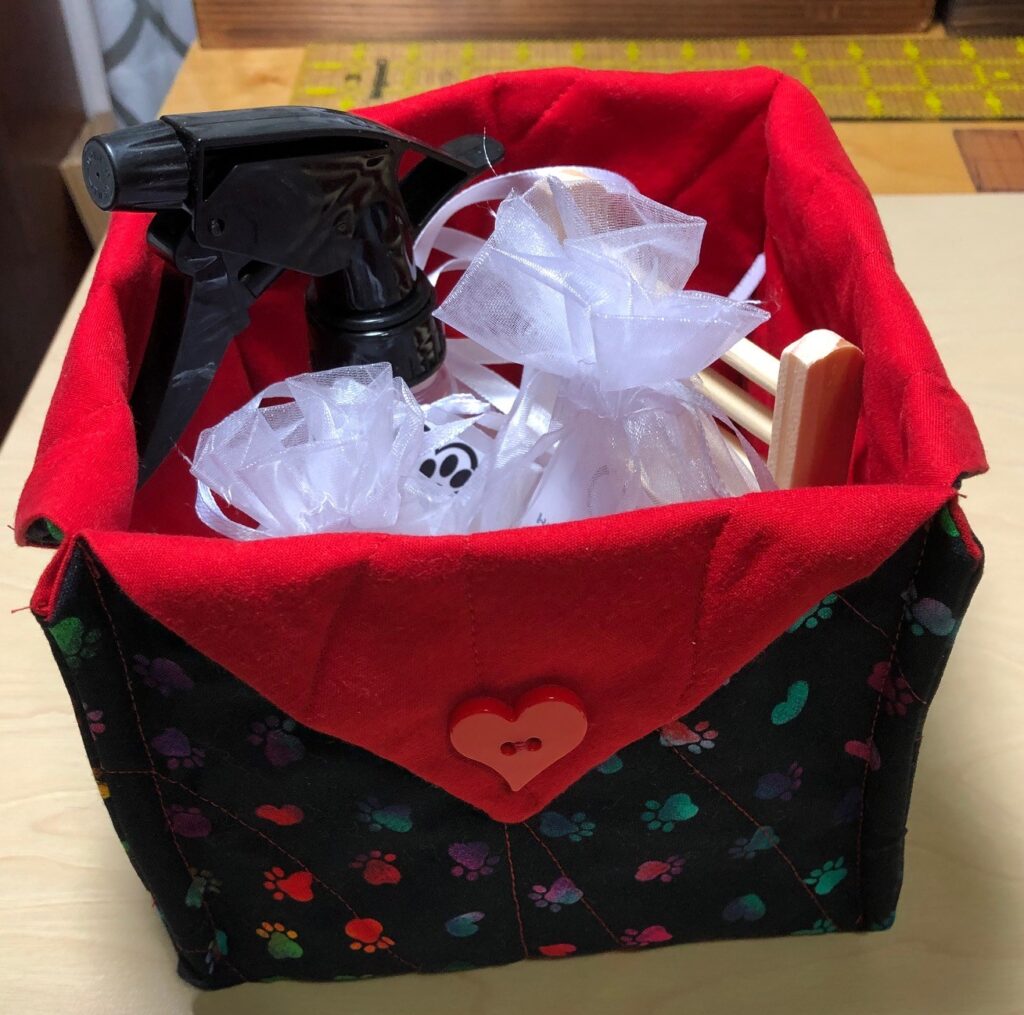Two years ago, we invested in an air fryer. We thought it might keep the house cooler in the summer instead of turning on the oven. Who doesn’t love crispy foods without all the oil? Most of the folks we talked with said they were great to prepare frozen French fries so they turned out crispy. Very few people we knew actually prepared recipes from scratch. Our daughter also uses hers as a toaster!
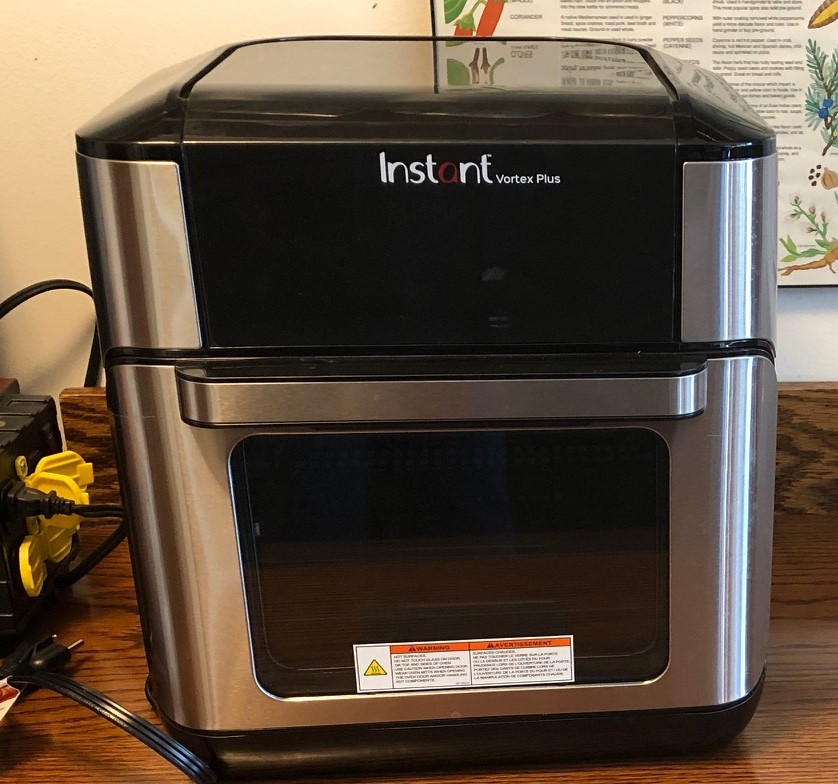
We have a great toaster/oven we use all the time, so we didn’t think we would replace that appliance. We really don’t buy or eat frozen French fries. Most of the recipes I found started with a breading of some sort made with eggs and seasoned bread crumbs. Since I avoid coatings like that because of my allergy to eggs, I first tried making chicken “nuggets” by cutting up boneless chicken breasts, coating the pieces with oil and seasoning and cooking them in the air fryer. That worked well, but certainly made a mess inside the fryer. Too much oil! Broiling them in the oven on foil was much easier to clean up! Needless to say, storing the air fryer was a real pain! It was finally relegated to a cupboard in the garage.
Fast forward to today. We recently enjoyed veggies that were skewered and cooked outside on the grill (thanks Todd!). We love grilled vegetables! How could we get them more often? There are just two of us and we usually don’t bother firing up the grill for a quick meal. We wondered if the air fryer could be useful?
First, I had to locate the air fryer in the garage cupboard and figure out where to set it up. I have a small kitchen without a lot of counter space. Before the Pandemic I had just a table for a work surface in the kitchen. During the Pandemic, Bert stayed busy by building me an enclosed table/cupboard that was just the right height to knead bread…my main request.
This table/cupboard has a shelf that slides out so I can store three large appliances. I rearranged appliances and made room for the air fryer. I can move it to the table when I want to use it. (see the pictures below)


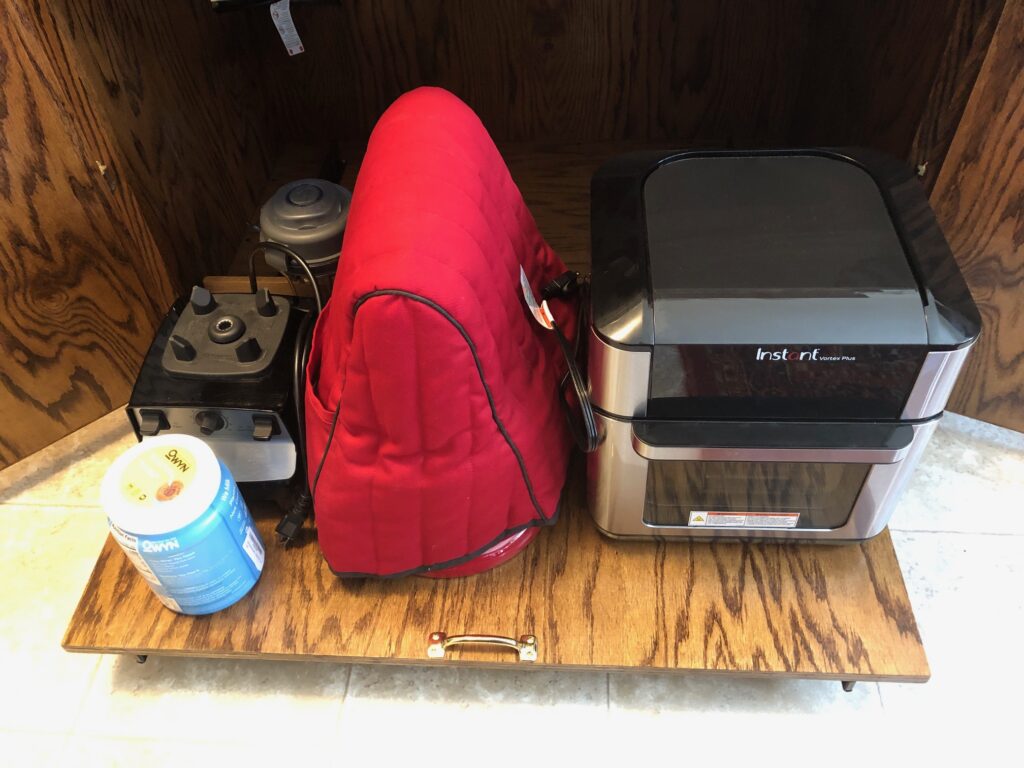
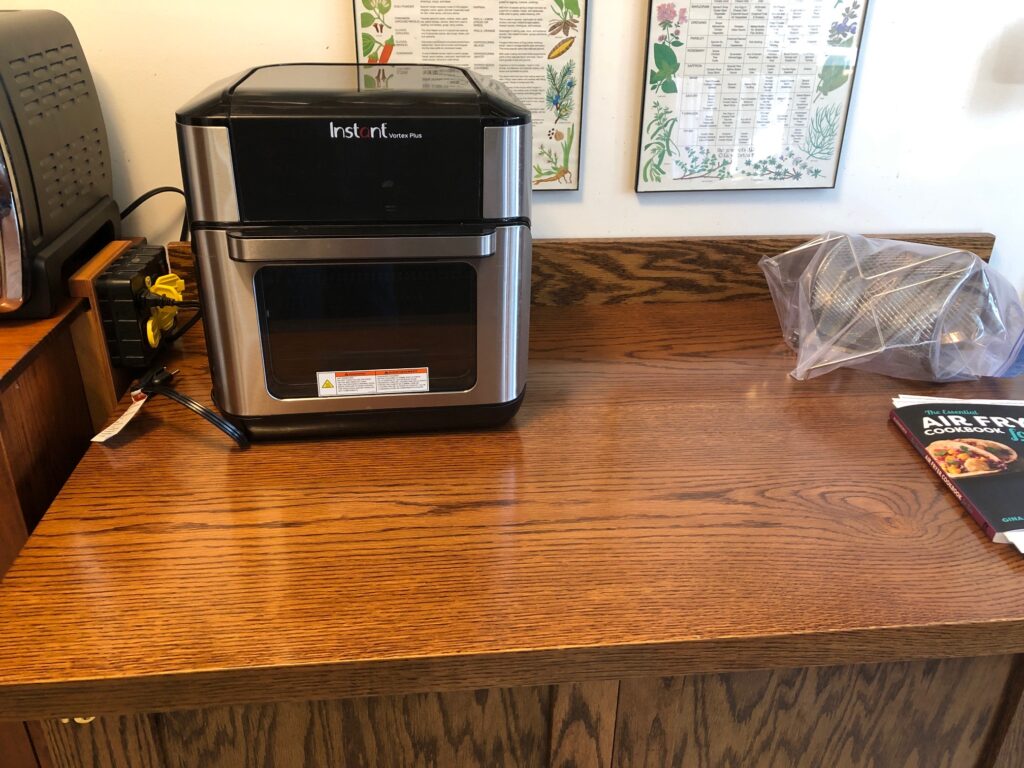
Our air fryer is called the Instant Vortex Plus. I think it’s made by the folks that made the original Instant Pot popular.

Our air fryer comes with two shelves and a rotisserie basket. It rotates as it cooks so I don’t need to flip foods halfway through the cooking time. I guess I could also use the long skewer and do a whole chicken or roast, but I’ve not tried that…yet.
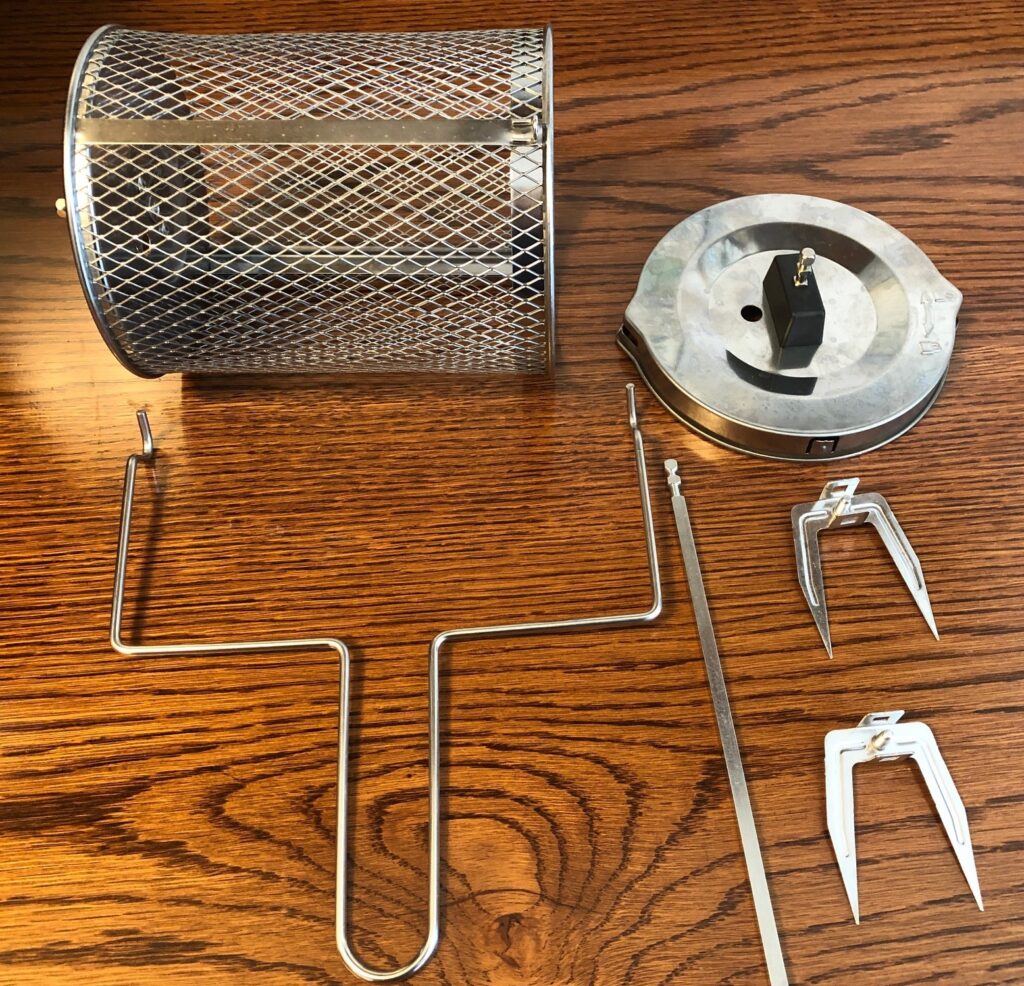
I found the instruction manual and picked up a new cookbook that looked like it might have smaller portion sizes. Turns out, much hasn’t changed about air frying…most all the foods needed a batter of some sort, which won’t work for me. I did find two recipes online that sounded like what I had in mind: one was for air frying vegetables, another was for baking a potato with a crispy skin.
I could see the basket would be helpful for the veggies…I wouldn’t have to flip anything halfway through the cooking time.

Air Frying Vegetables
The first thing I noticed in the recipes was foods were sprayed with spray oil, like PAM. I think that would cut down on the drippy mess of too much oil. I didn’t need a lot of seasoning, so we started with salt, pepper and a simple Garlic & Herb Salt Free seasoning (from McCormick).
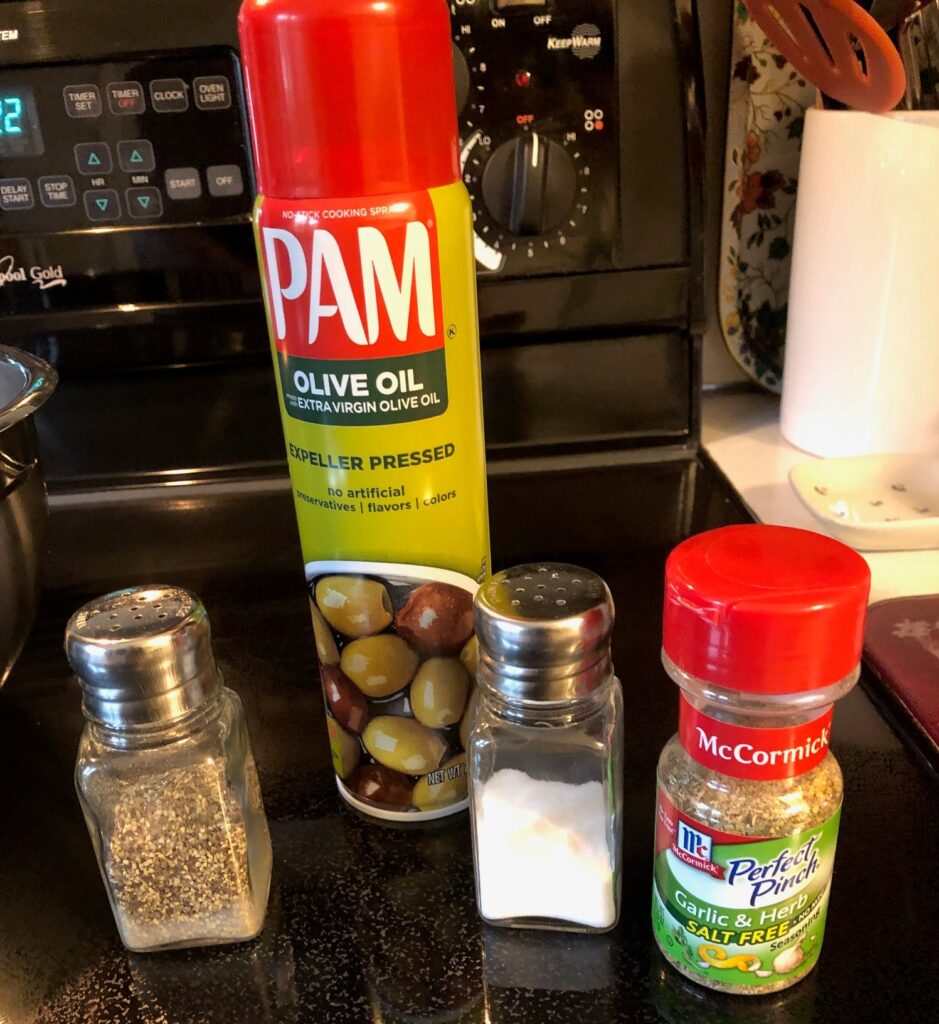
The first batch had green beans, asparagus tips and onion. The second batch had red sweet peppers, broccoli and zucchini.

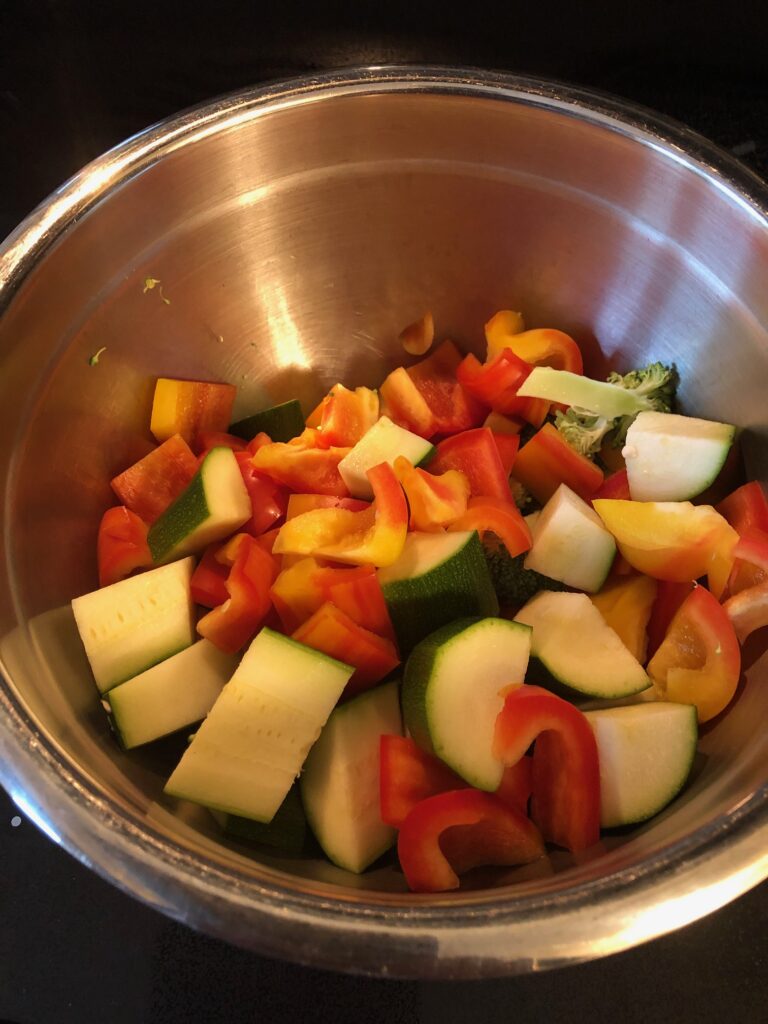
We preheated the air fryer to 360 degrees (took about 4 minutes) and put the vegetables into the basket, one batch at a time. When the air fryer beeped to tell us it was preheated, we put the basket in and set the timer for 7 minutes. I tried to take a picture of the basket rotating…but obviously it’s a still picture. Haha.

The basket was a little awkward to open when hot, but it worked great!! Just perfect with our pork chops for dinner.
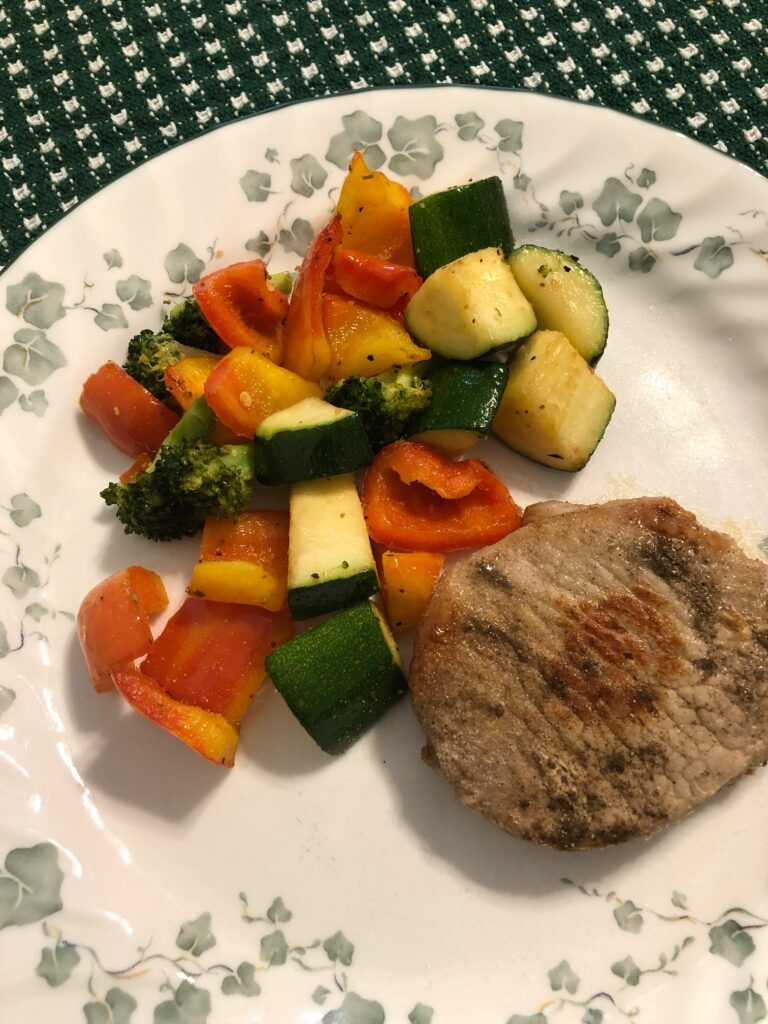
Now that I have a place to store the air fryer in the kitchen, and have figured out the details, I think we’ll do this more often. It’s great for just one or two servings without heating up the oven or the grill. I consider my experiment with the air fryer a success! Enjoy!
Notes:
–An air fryer with a non-rotating basket or drawer should work just as well. You will have to take the basket out about halfway and give it a shake.
–Next time I think we’ll increase the temperature to 370 degrees and give it about 8-9 minutes to crisp up the edges.
Please comment or email me directly at marykisner@comcast.net.



